Spoon. A term the Oxford dictionary defines as "an implement consisting of a small, shallow oval or round bowl on a long handle, used for eating, stirring, and serving food." However, for Honda-worshippers, the term can be defined as a religion with Spoon Sport’s founder, Tatsuru Ichishima-san, its holiness. As a self-confessed Honda junkie, I’ve always been inspired by the products coming out of Spoon Sport’s (commonly abbreviated to Spoon) arsenal. Spoon launched in 1988 (prior to this the business was known as the Tatsuru Ichishima Company) and the philosophy for their products all tie back to when Ichishima-san was racing in the Japanese Touring Car Championship (or better known to most as JTCC) in his Group-A spec, E-AT Civic during the late 80’s. JTCC were endurance races in nature, and therefore one needs a super reliable and durable race car, that is, if the center pedestal on the winner’s podium was where they wanted to be. This all ties back into Spoon’s products which places emphasis on (arguably) above OEM quality parts to meet durability and performance requirements. Spoon’s demo cars follow the tuning concept of reliability and lightweight, so a typical car coming out of their doors is a Honda sports car with weight guttered via the replacement of stock parts with lighter and more durable OEM grade components, putting an overall emphasis on total balance and feel. Peak power output is often not the first priority at Spoon but we’ve seen that depending on the requirement, they’ll address this department if they have to (famed Formula Drift driver, Dai Yoshihara, managed a 1:45:585 time, resetting the FWD record at Buttonwillow Raceway at the 2015 Super Lap Battle in a turbocharged Spoon Civic Type R FD2).
Most of photos below were actually taken at Type One, as Spoon’s head office is predominately a warehouse for parts storage and administrative duties. Type One (located approximately 800 meters down the road) is the name of their workshop where all customer and demo cars are maintained, including in-house assembly of engines and gearboxes.
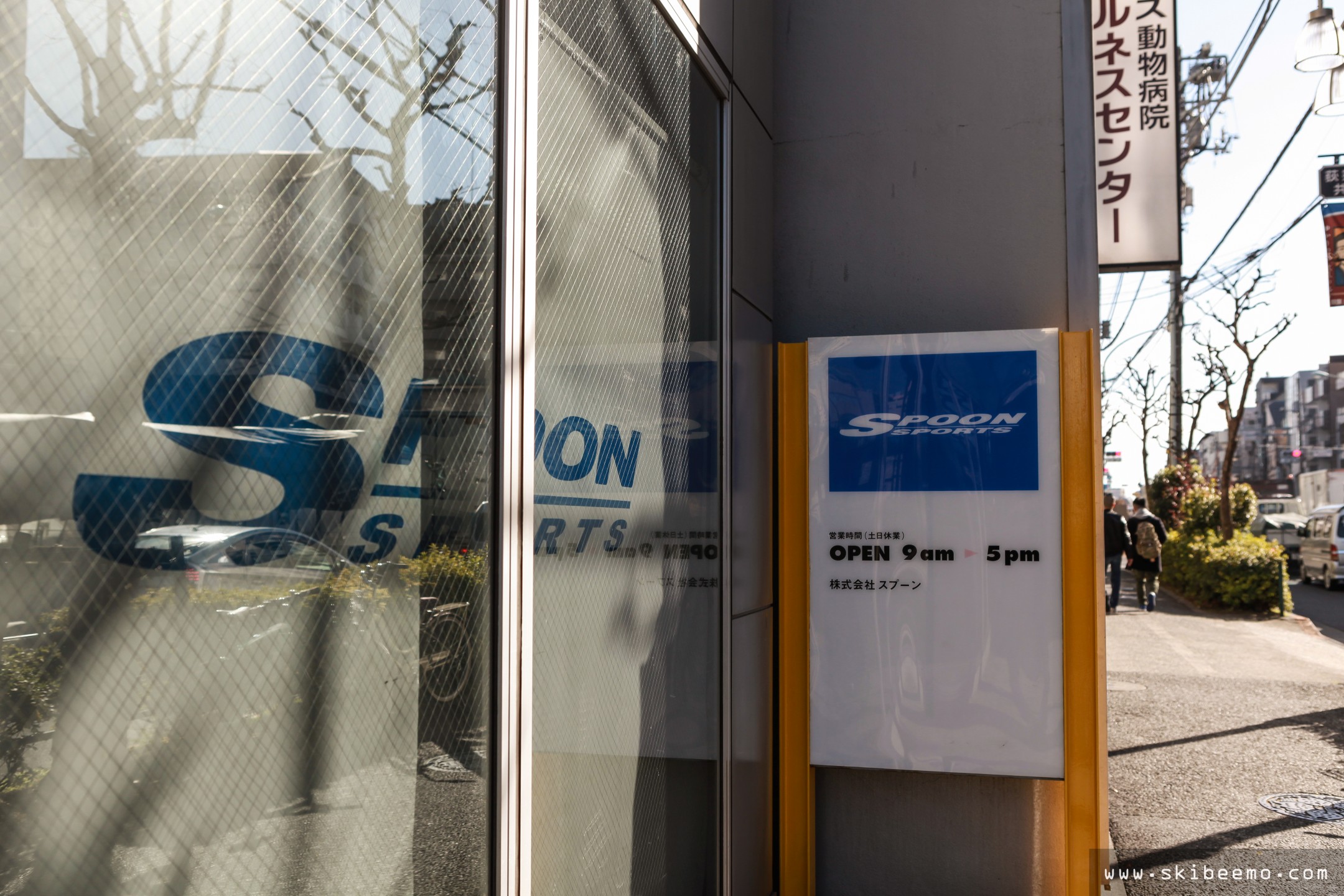
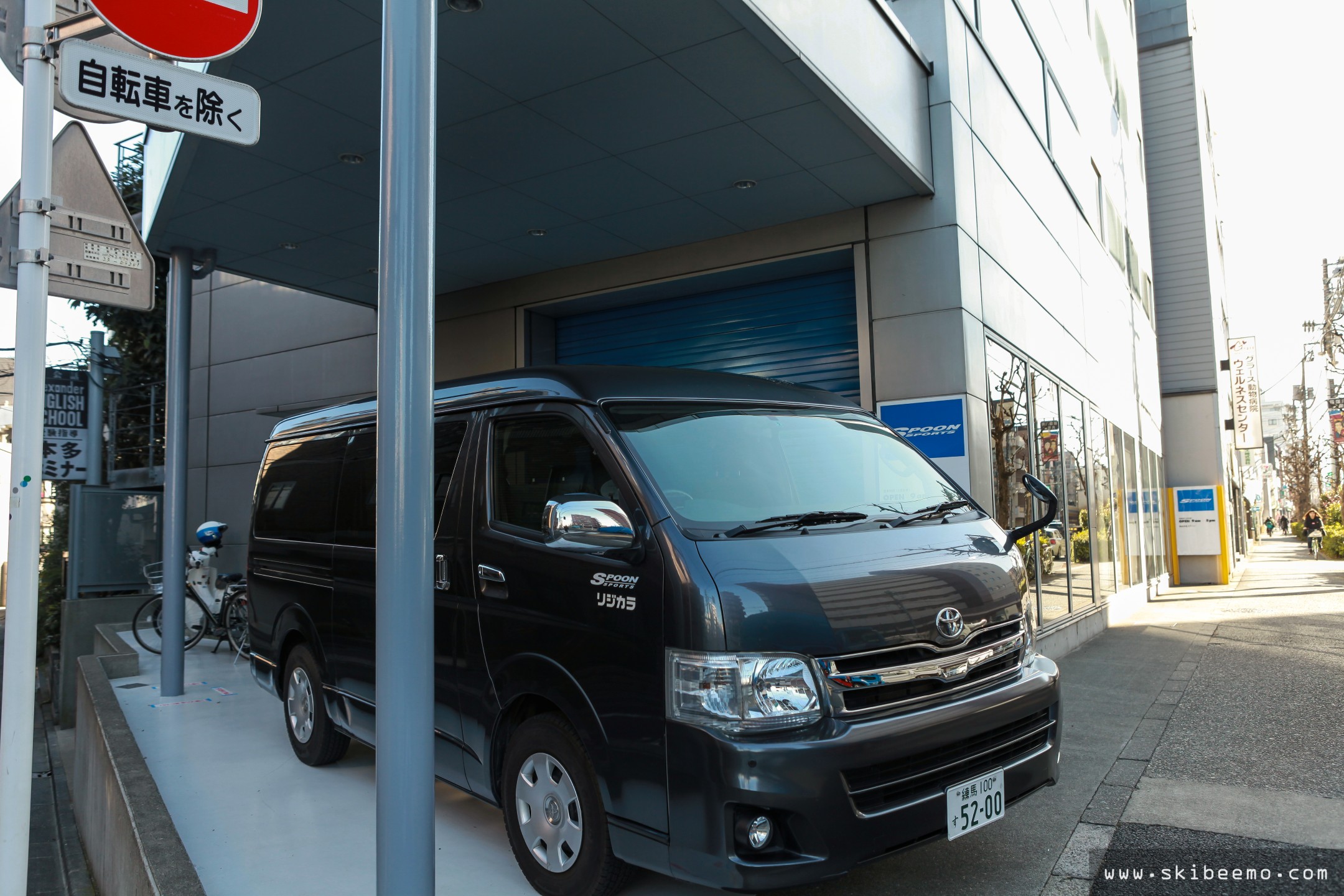


Ichishima-san (nicknamed "Ichi-san") once answered in an interview that Type One (which opened in 2001) was actually created as a vision as to what he imagined a company-backed Spoon dealer and workshop would look like. I wonder if we’ll see more "Type One" shops opened in the future?
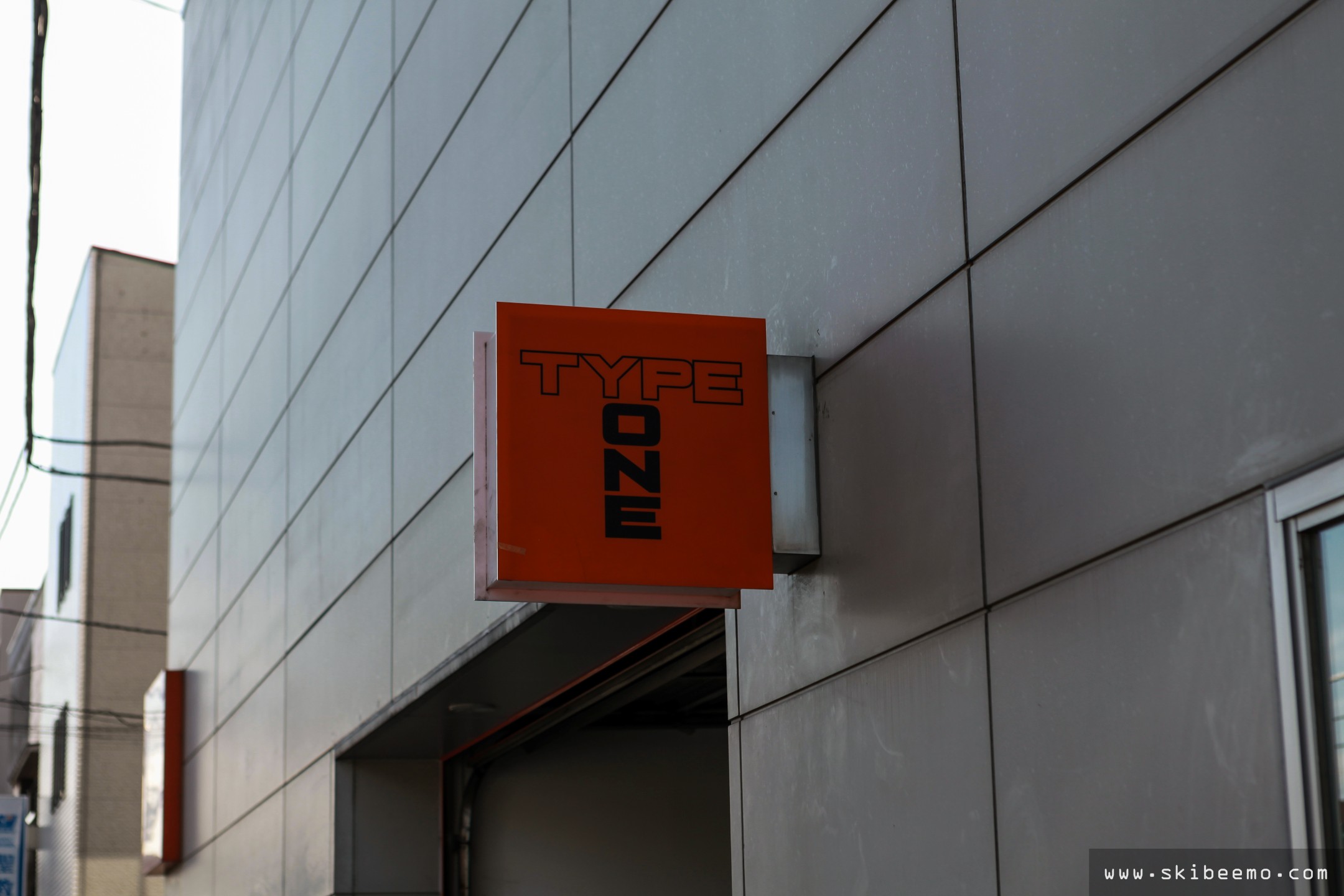
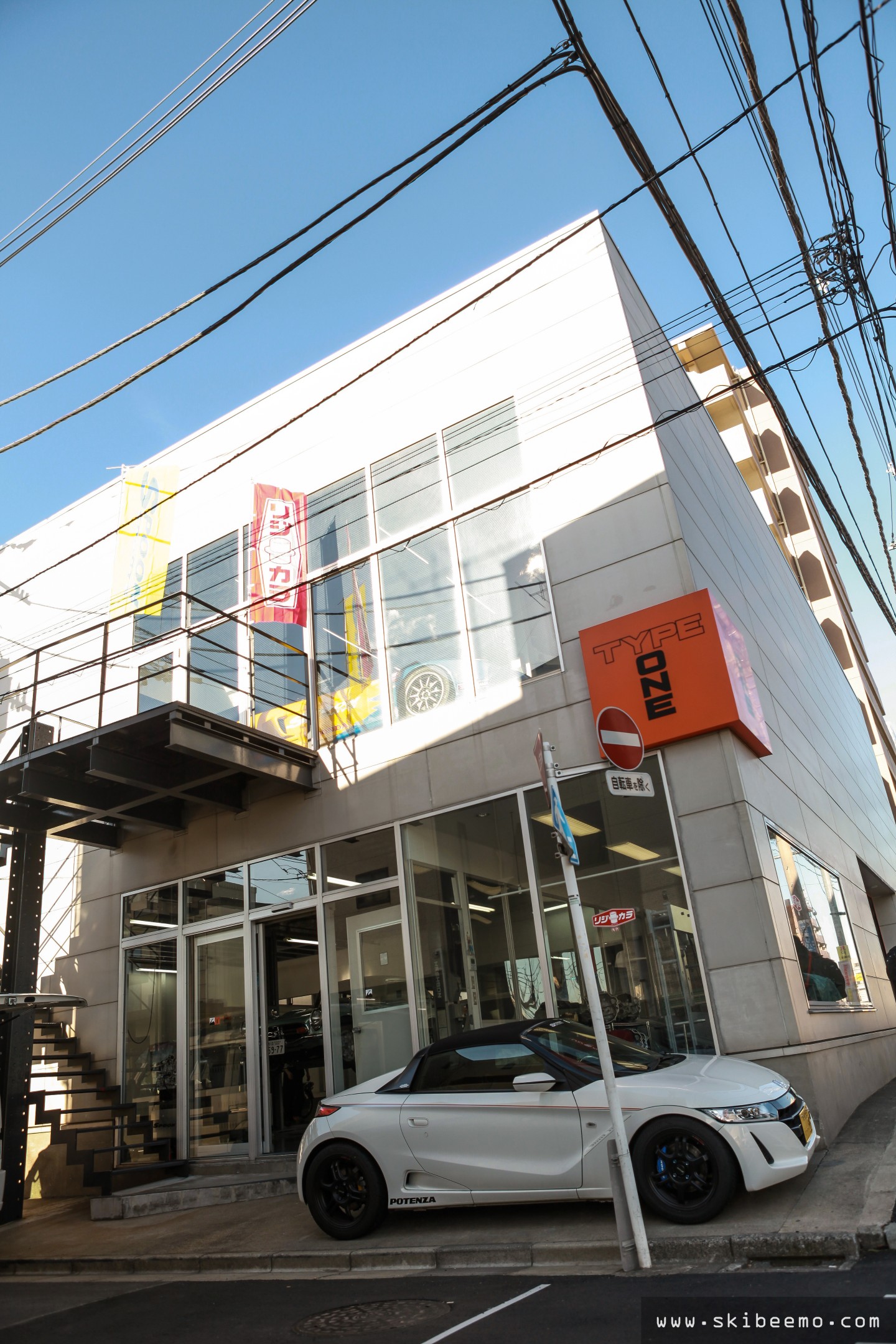
The temperature controlled engine assembly room is found on the ground floor, facing the main road. Ichishima-san drew inspiration for the glass-viewing design from fast food restaurants in America where customers are able to view their meals being prepared. Not pictured is the gearbox rebuild room which has an identical look and feel.
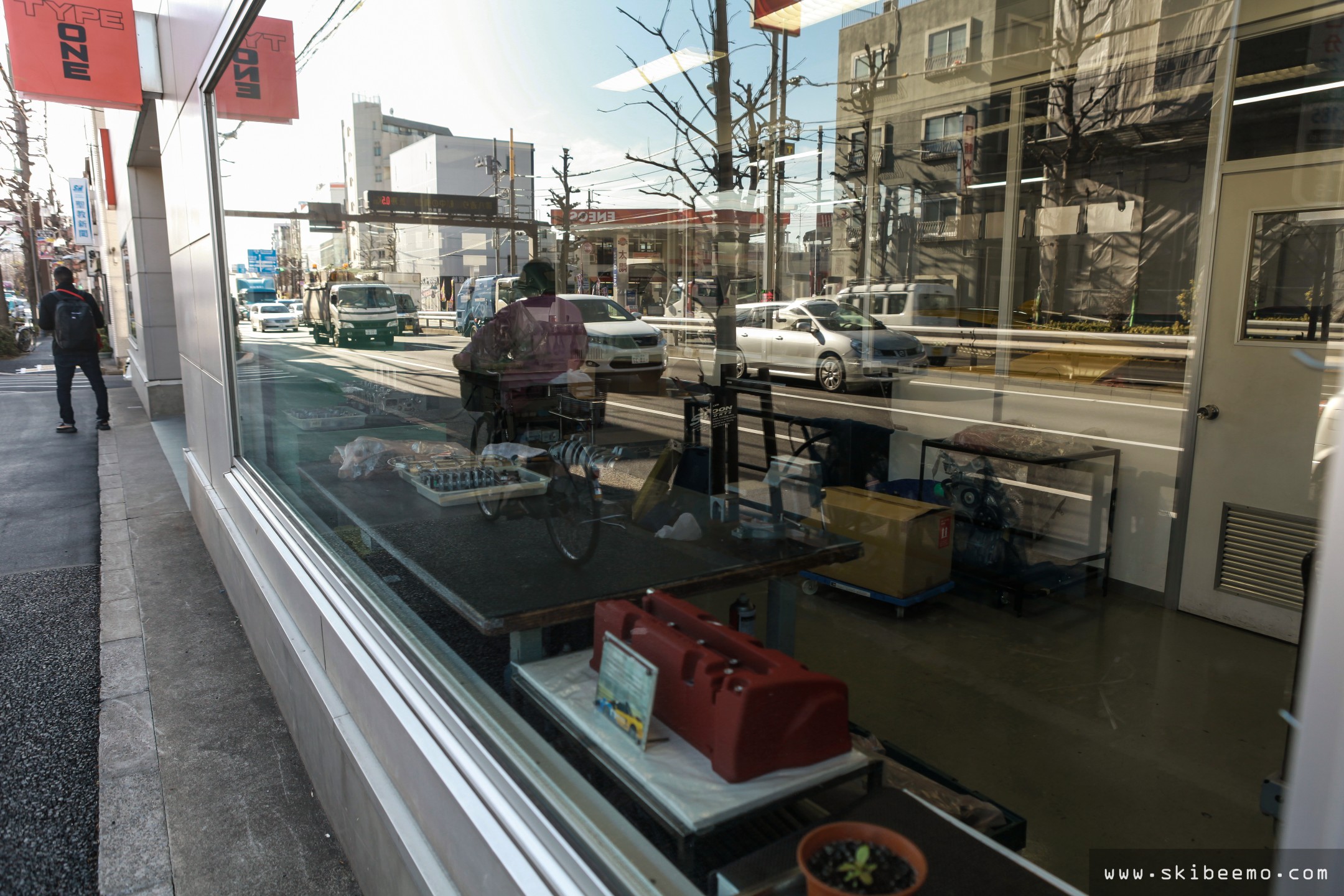

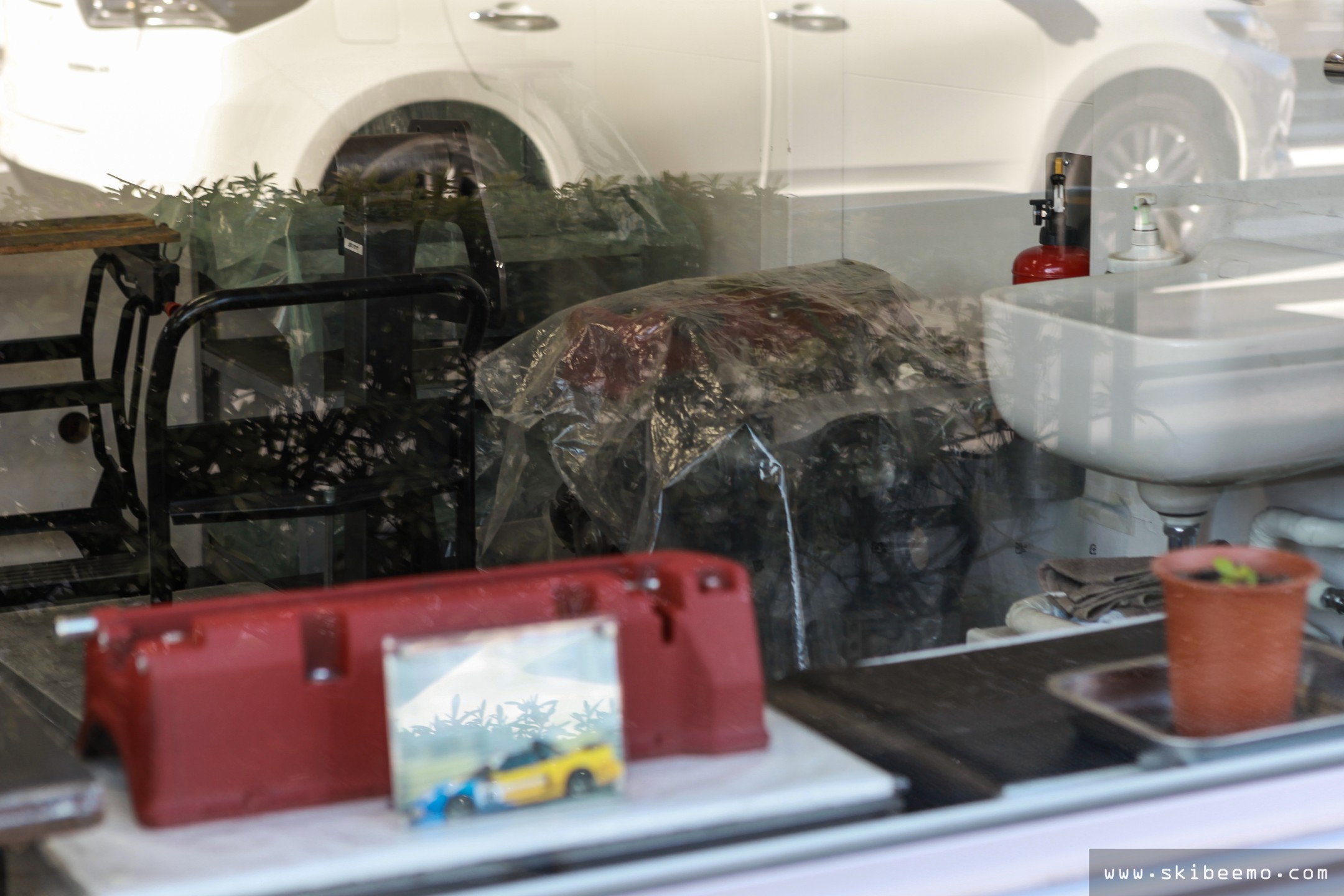
The Honda S660 is currently a hot chassis amongst tuners all over Japan, and rightly, Spoon have been developing a catalogue of parts for this popular kei-car. This is their demo car parked up front. The two-tone red and silver vinyl stripe featured is a new trade-mark design adorning most of the current Spoon demo cars. In due time, I’m predicting that we will witness these stripes installed on many Spoon-adored Hondas all around the world.
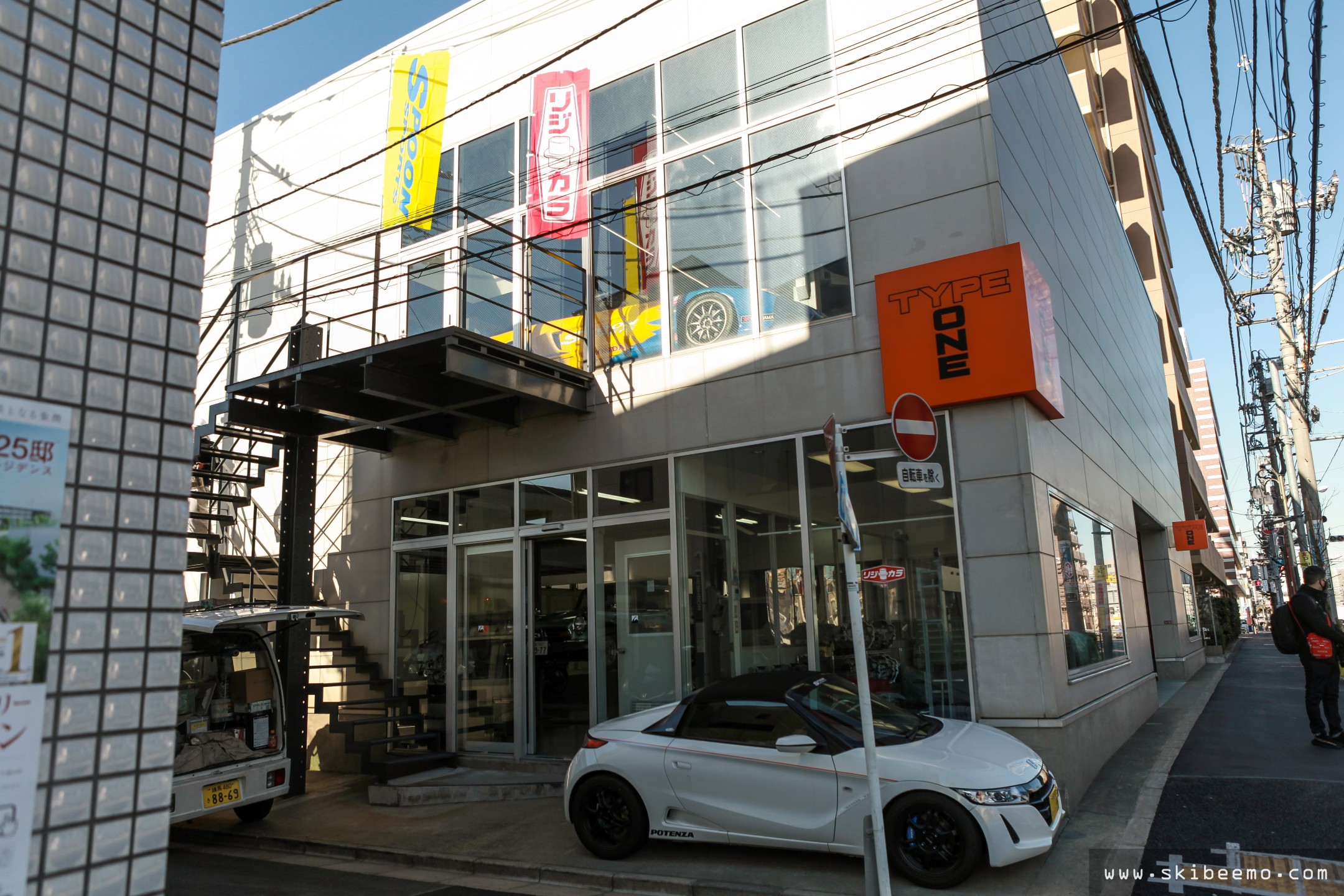
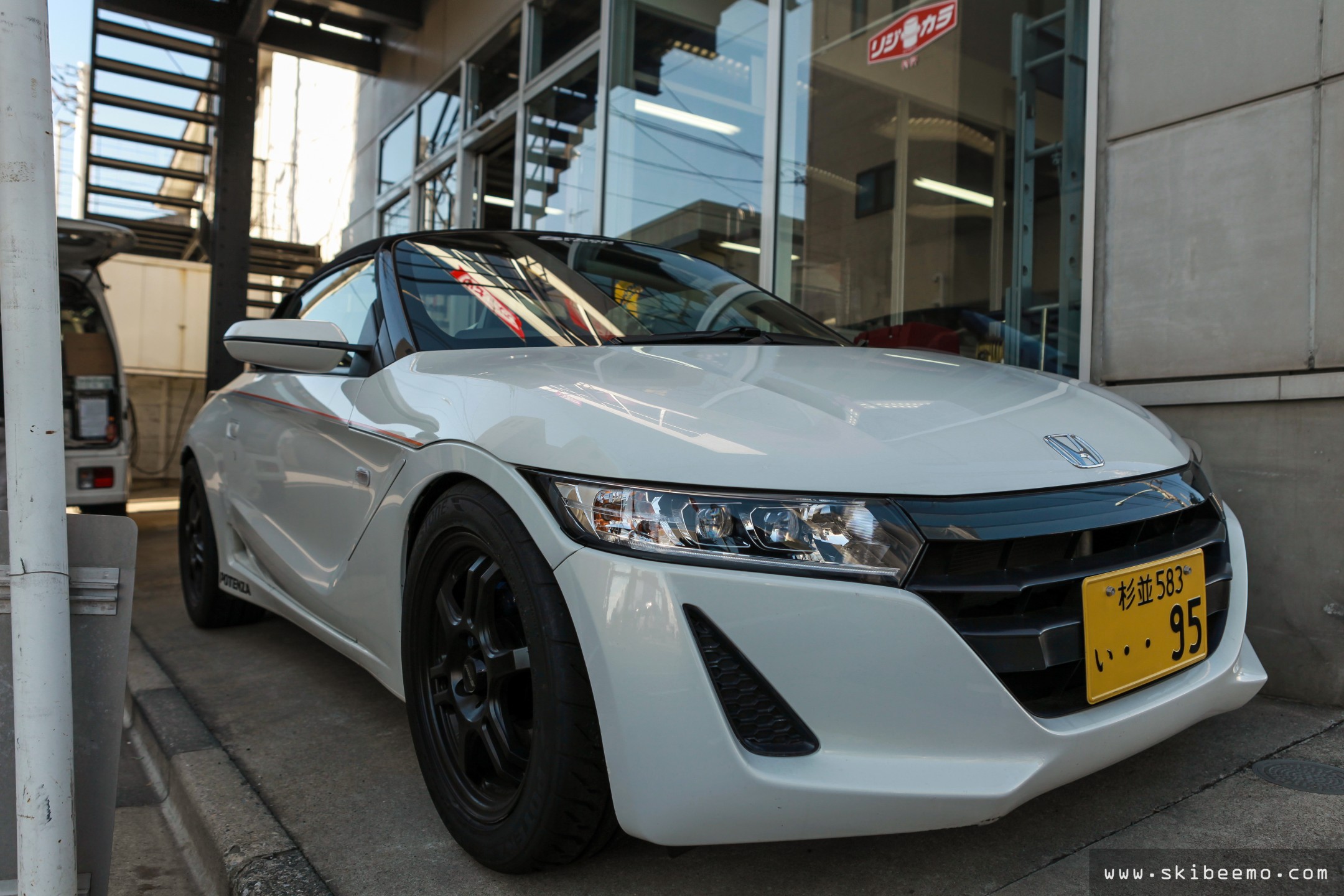
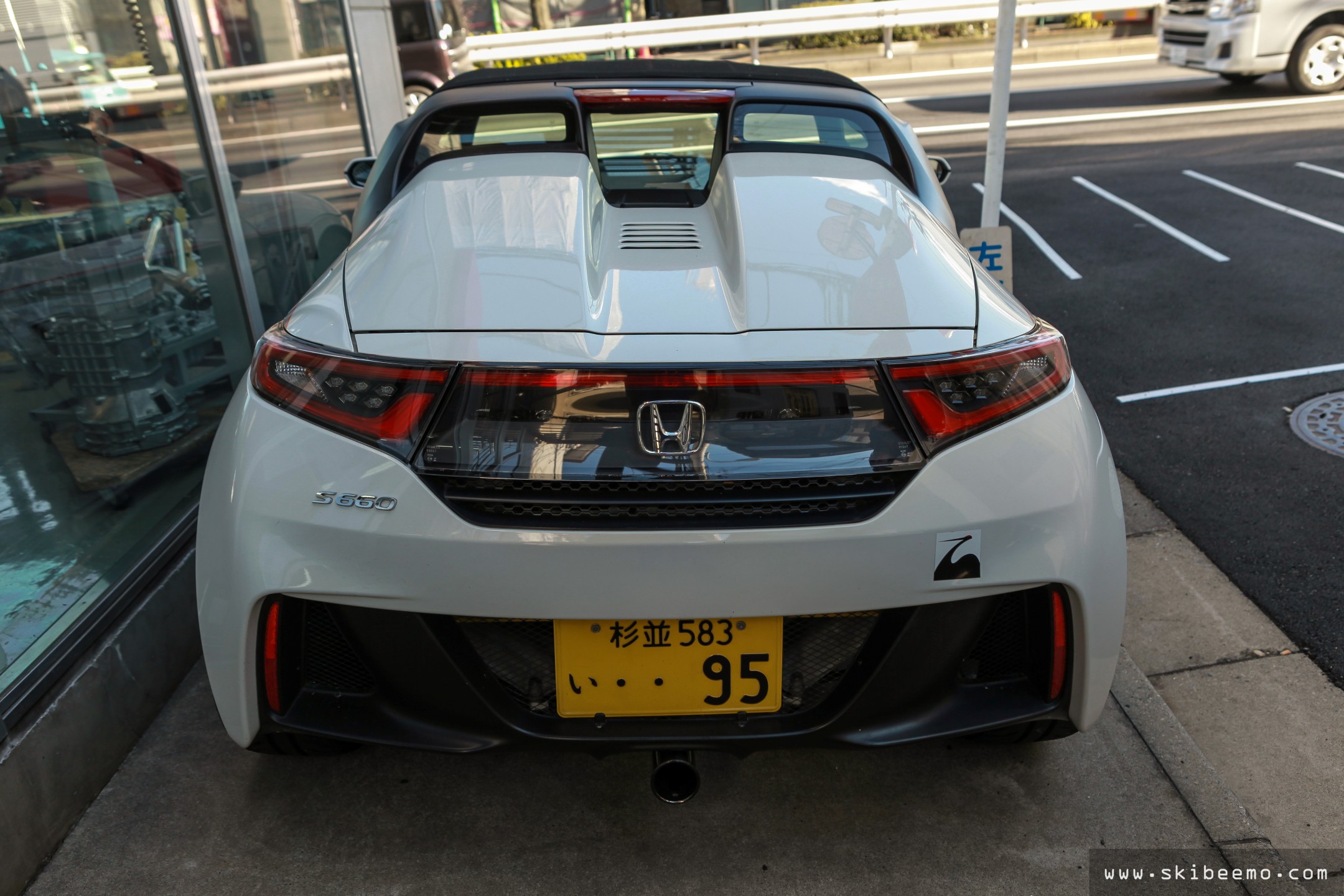
Some lovely rides spotted in the service area on the ground floor, including a completely restored S800 coupe.
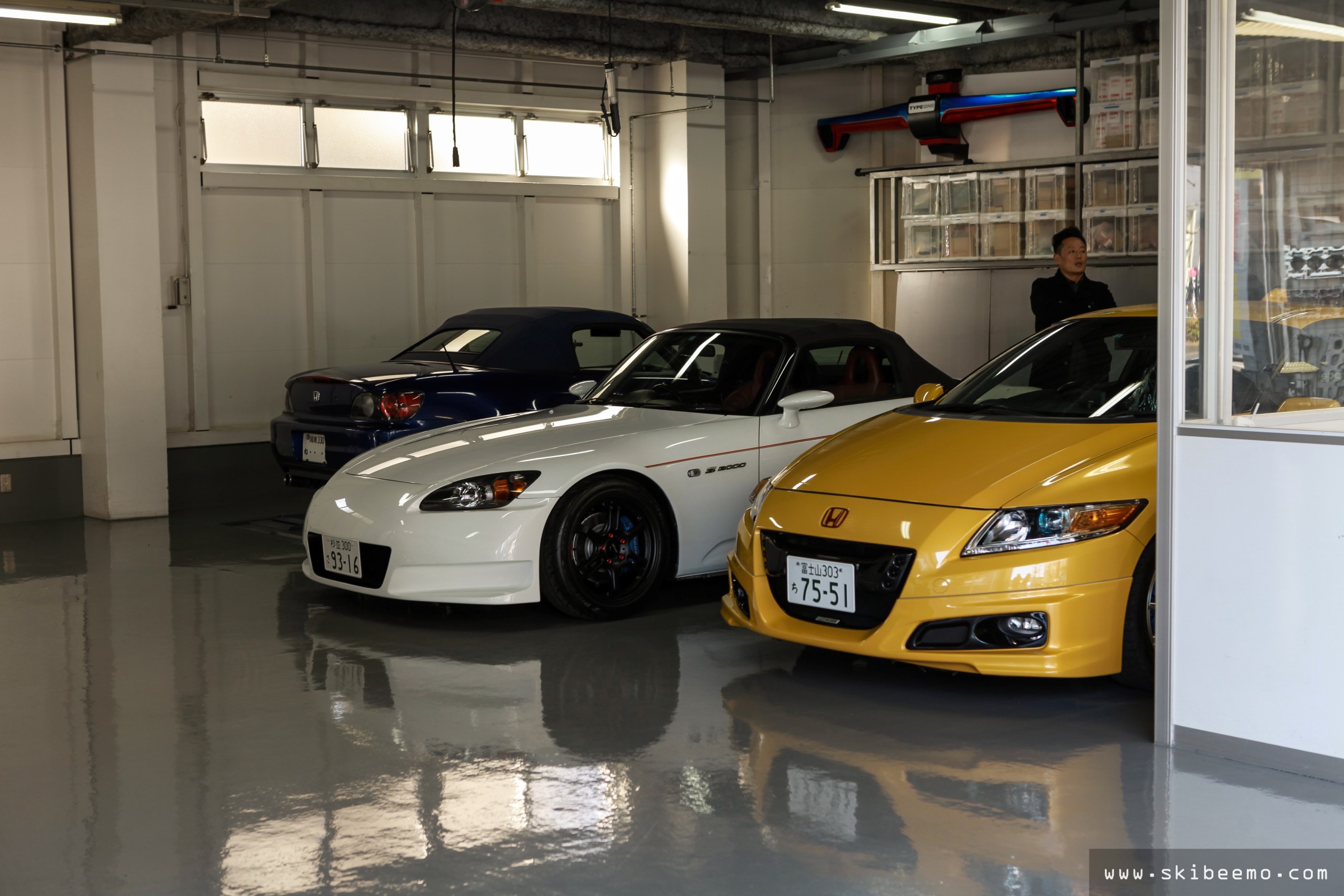
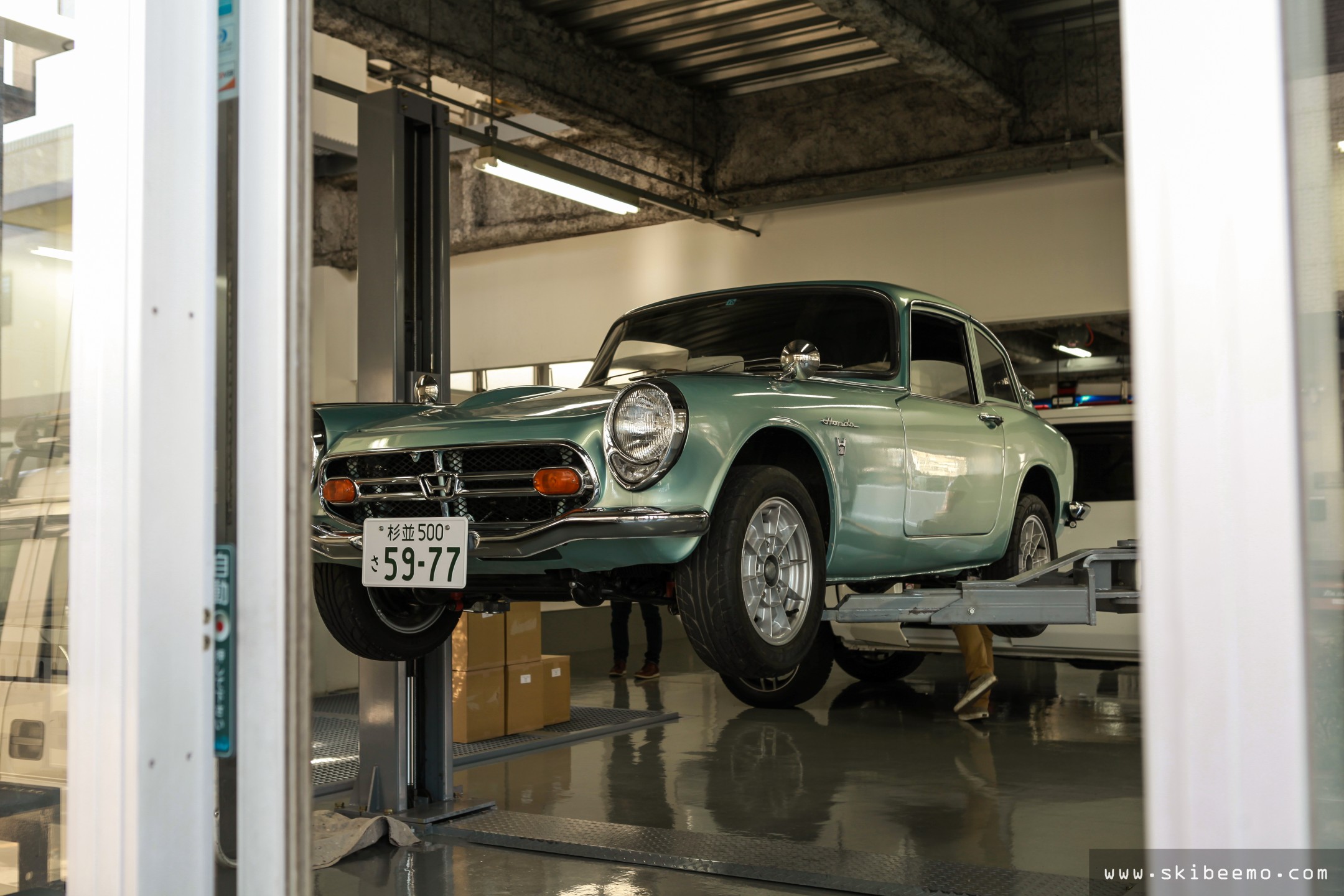
Upon walking up the outside stairs, I found myself in the famed upper floor service area. My immediate reactions was that it felt a lot smaller compared to the hundreds of photos I had seen over the years. However, I was not complaining. I was finally at Spoon! Note the newly featured signature wall. Unfortunately, I wasn’t important enough to leave my squiggles on it. Maybe one day?
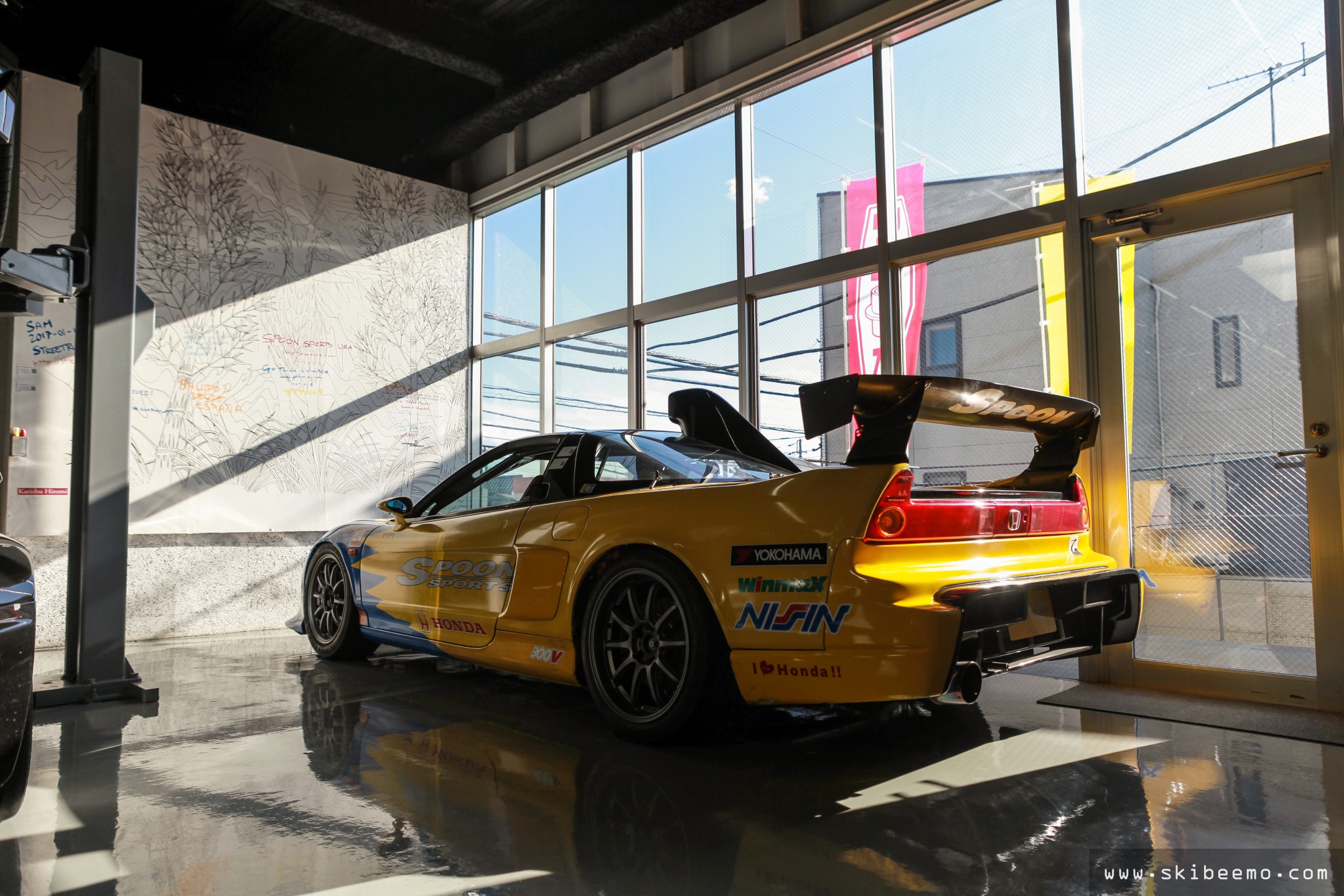
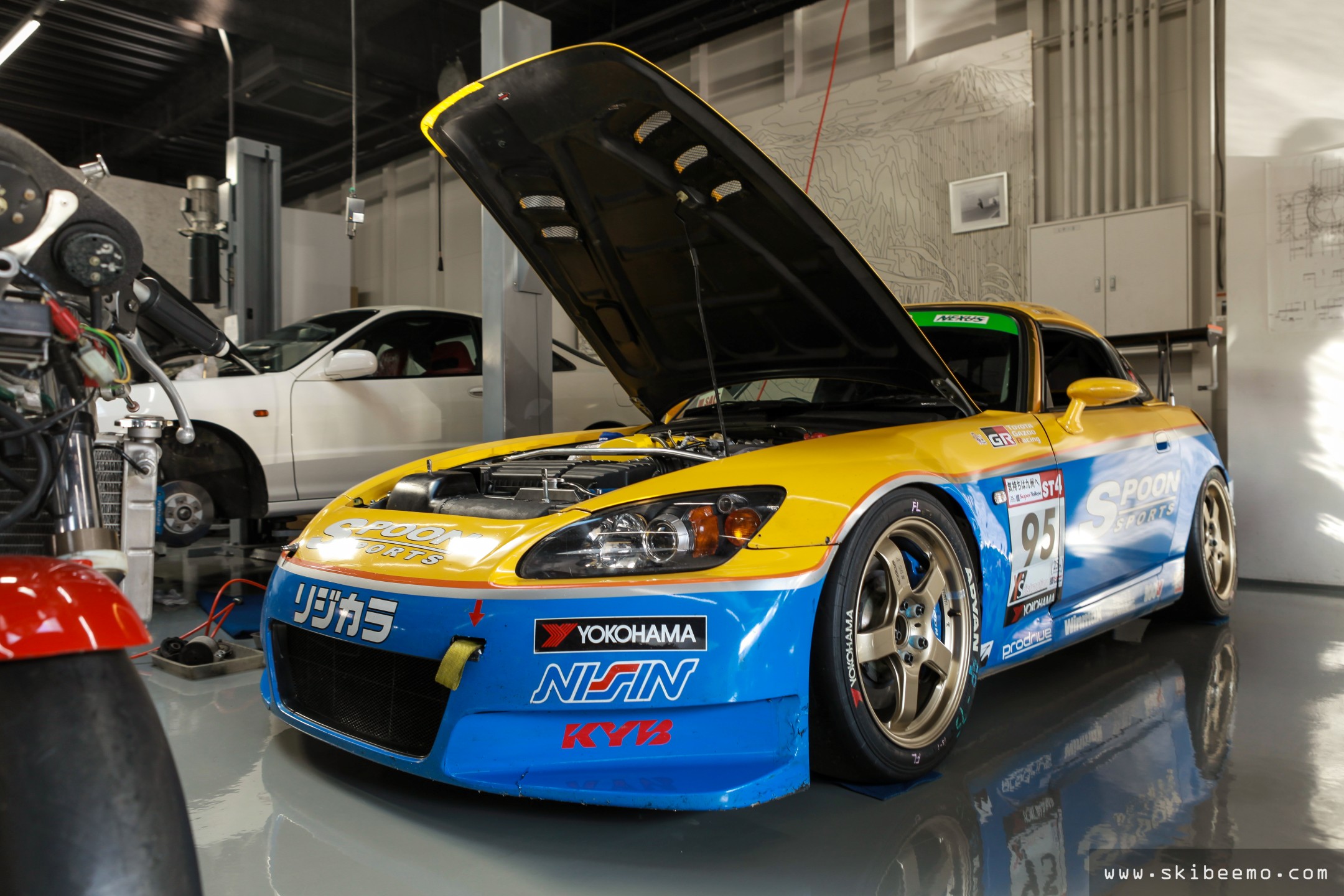
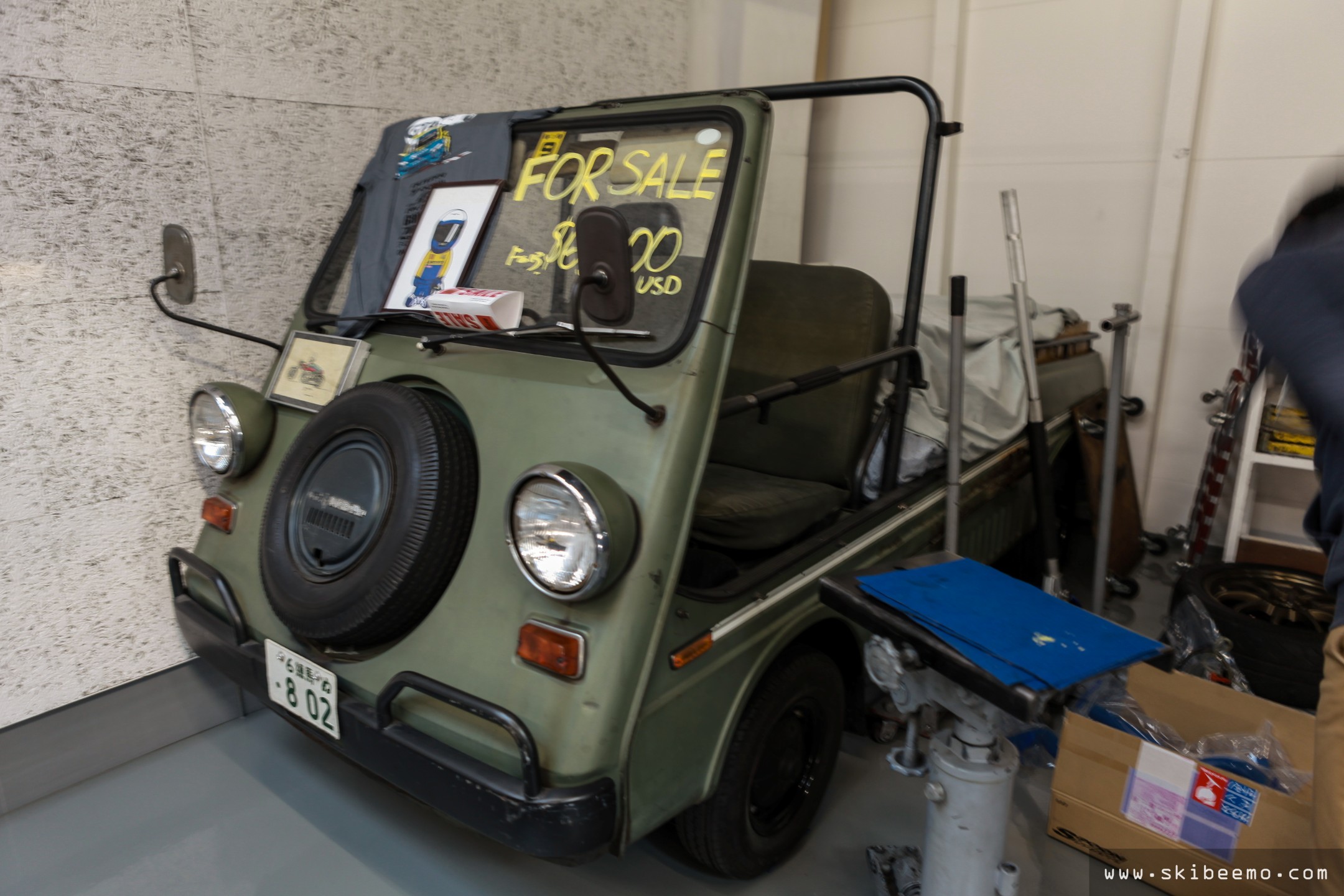
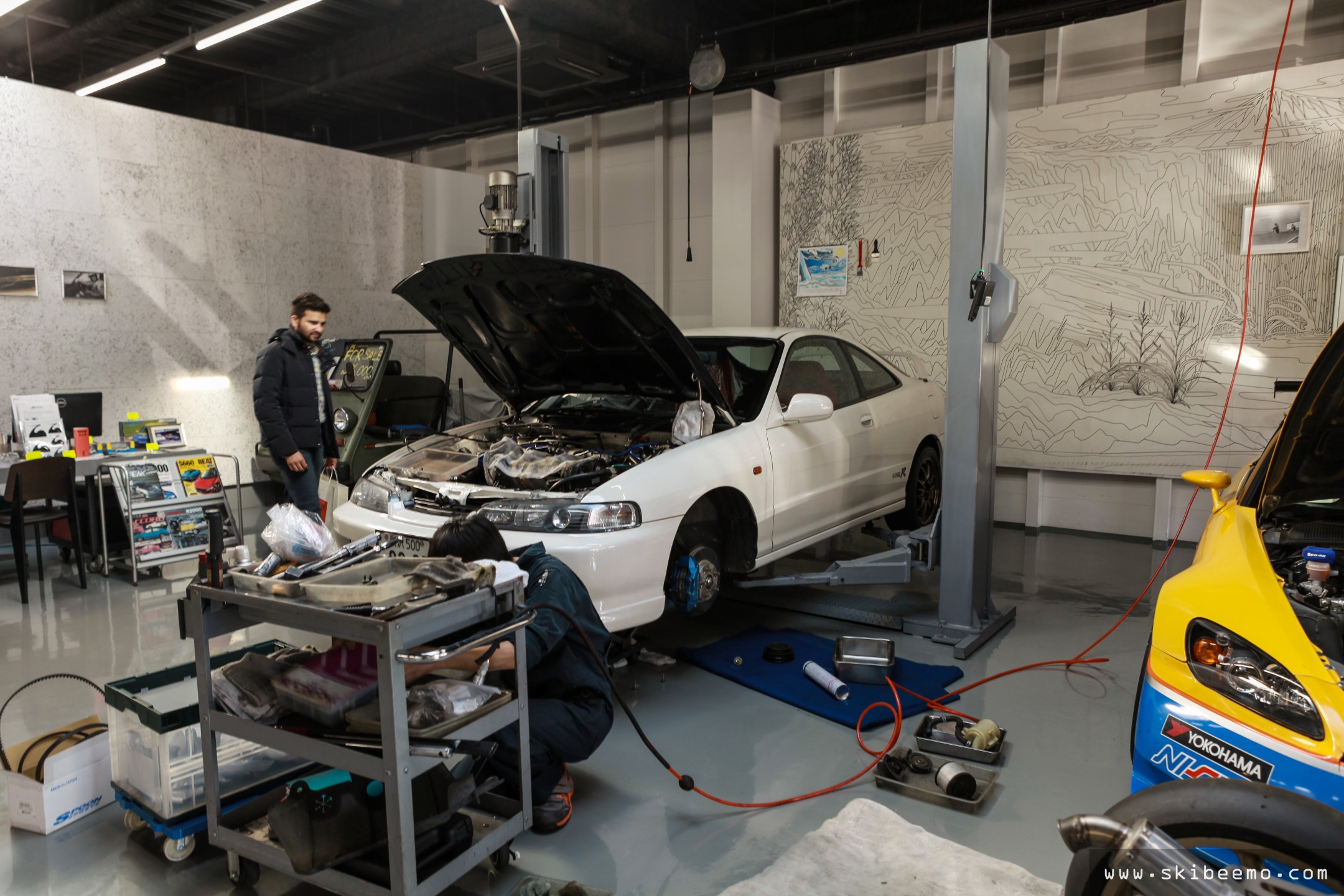
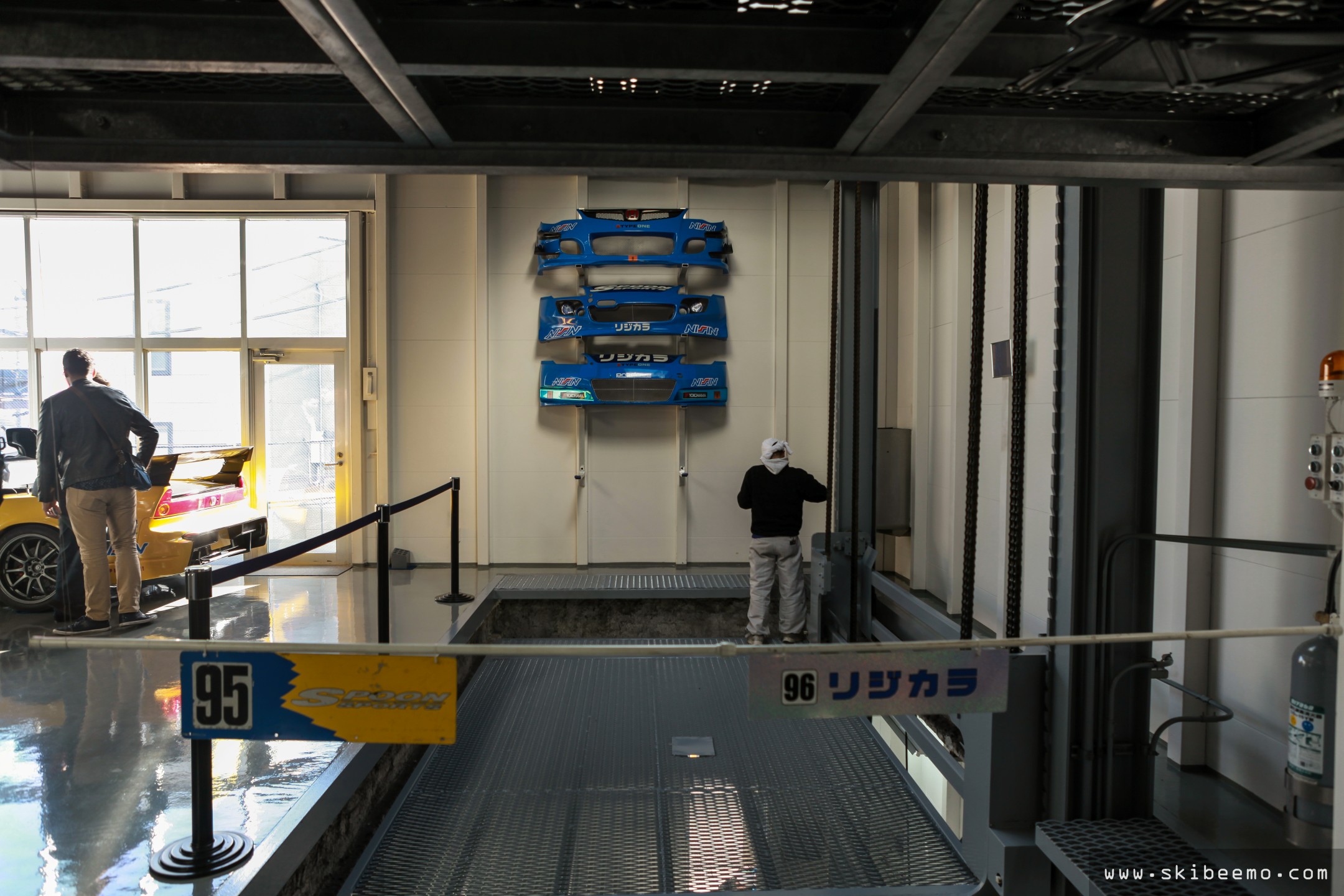
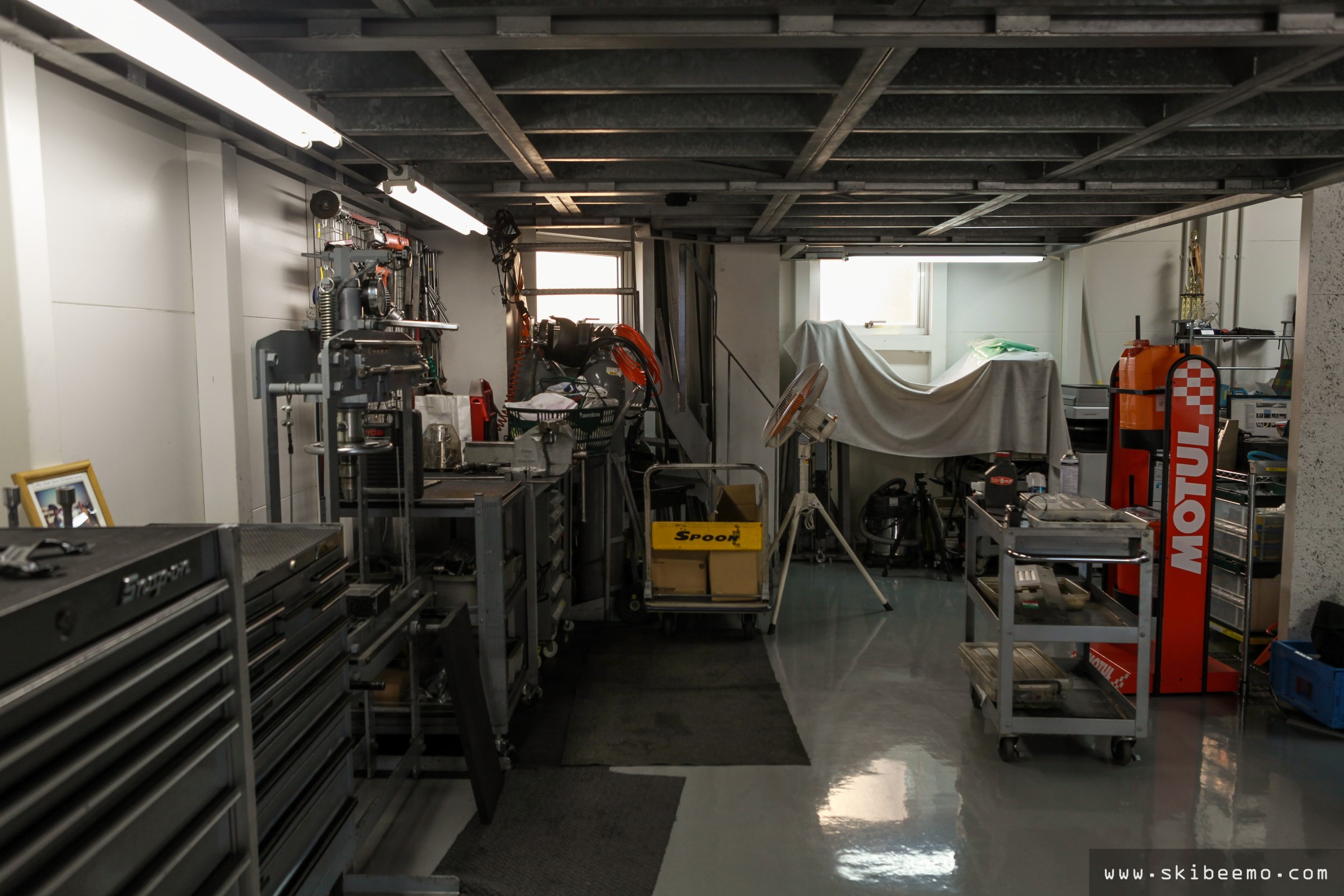
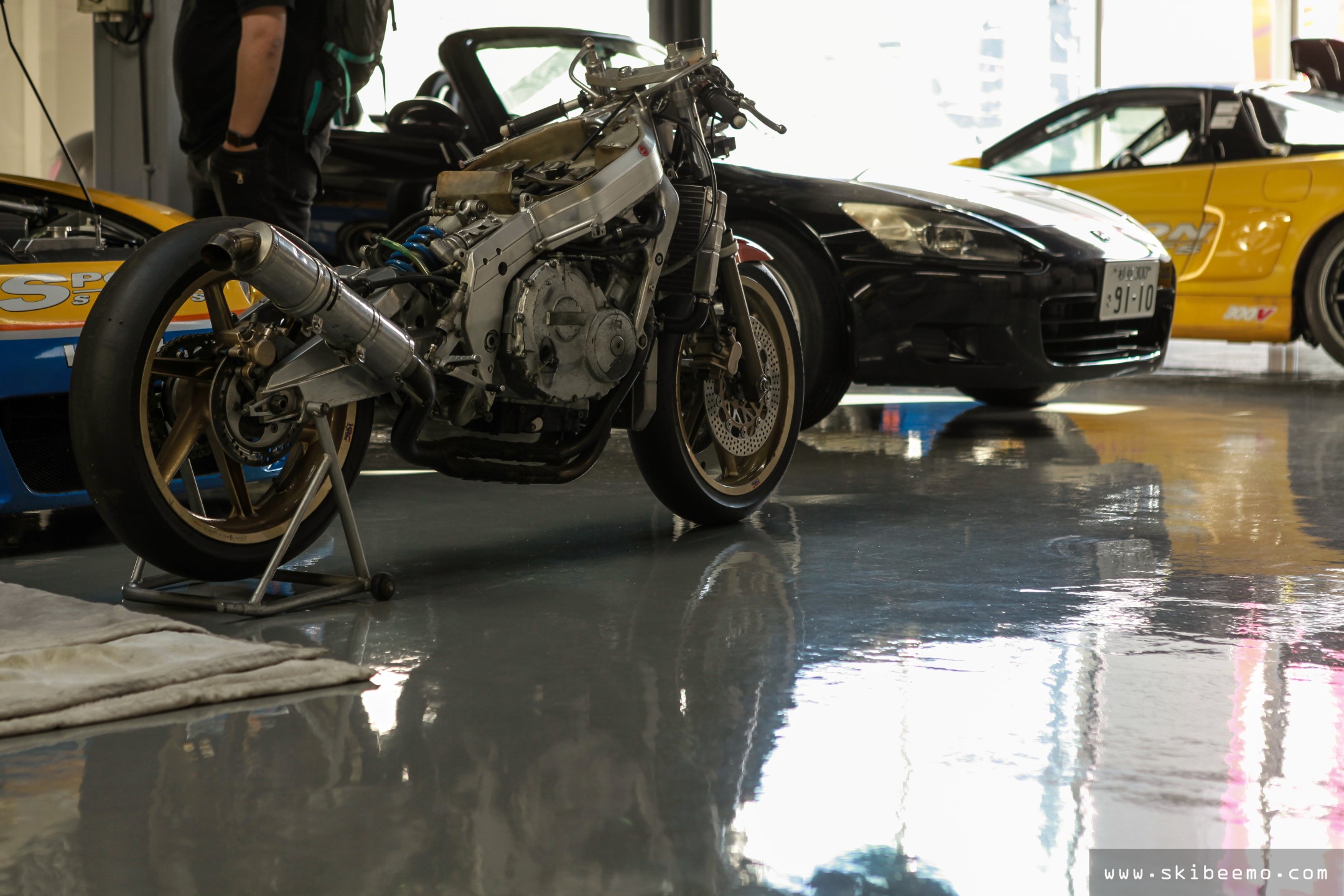
This customer Integra Type R DC2 was getting some work carried out on it. 16 inch bronze Volk CE28N, Spoon calipers, Mugen intake and Spoon carbon-kevlar bonnet all paired with Championship White paint will undoubtedly arouse any DC2 owner (yes, me included).

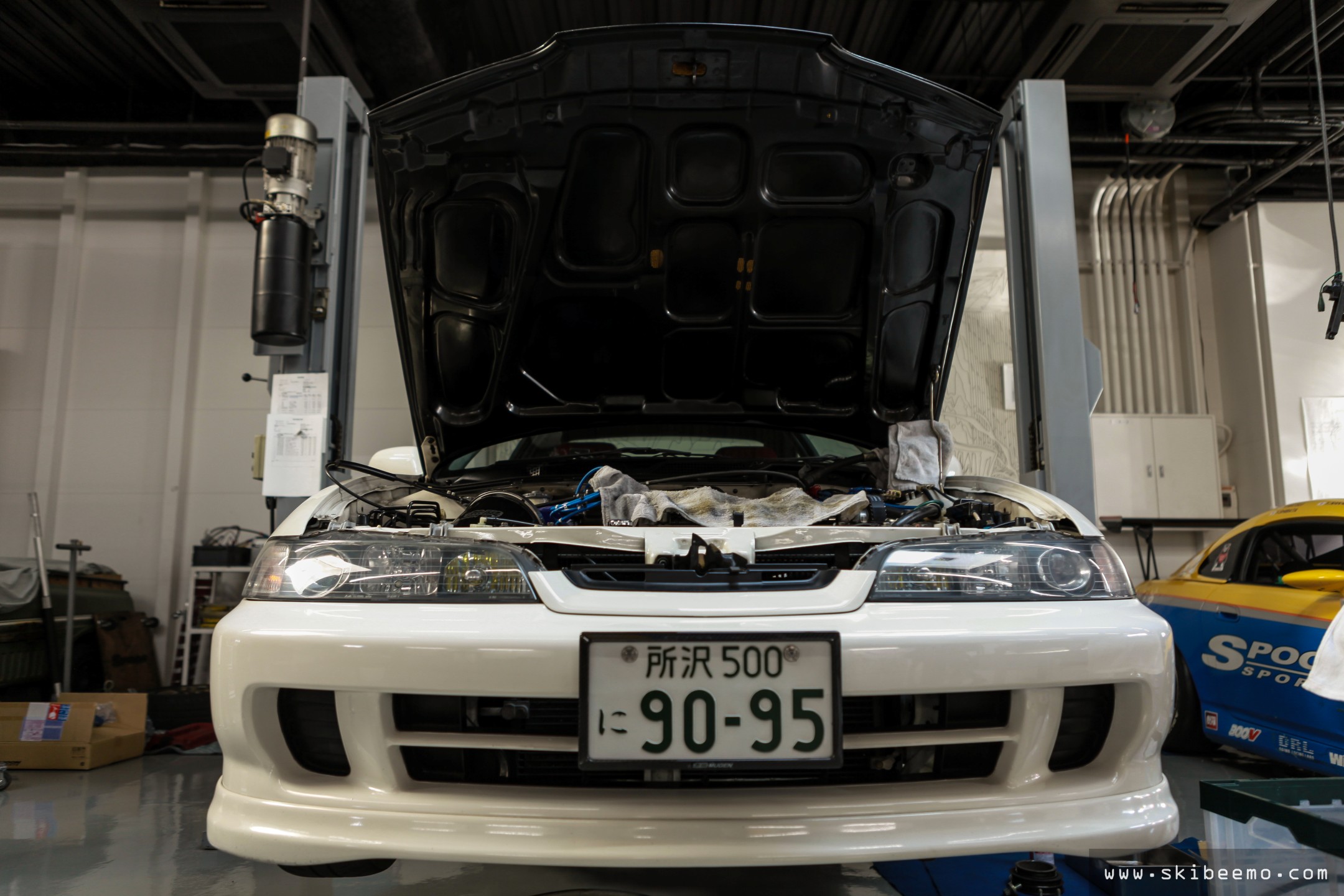
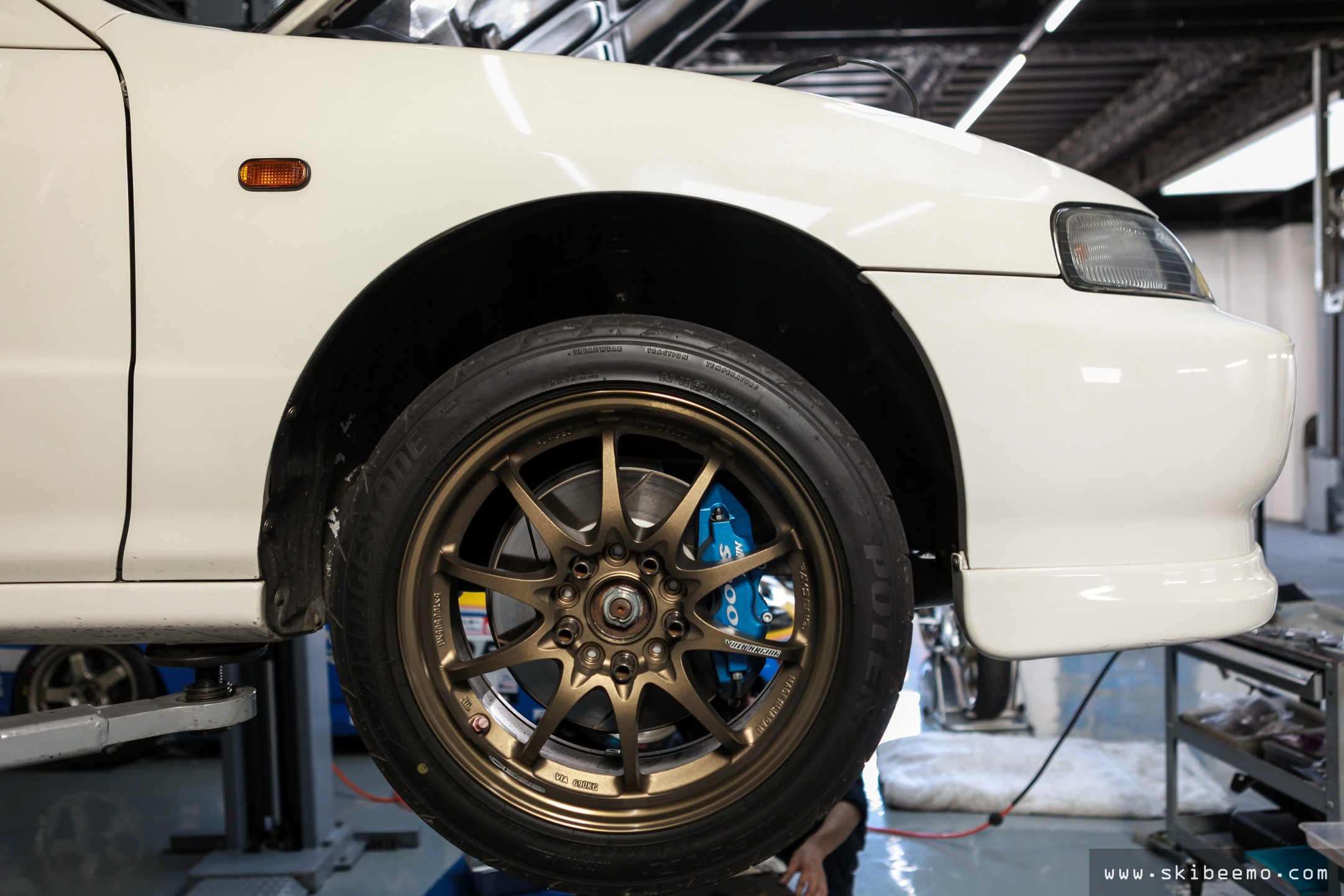
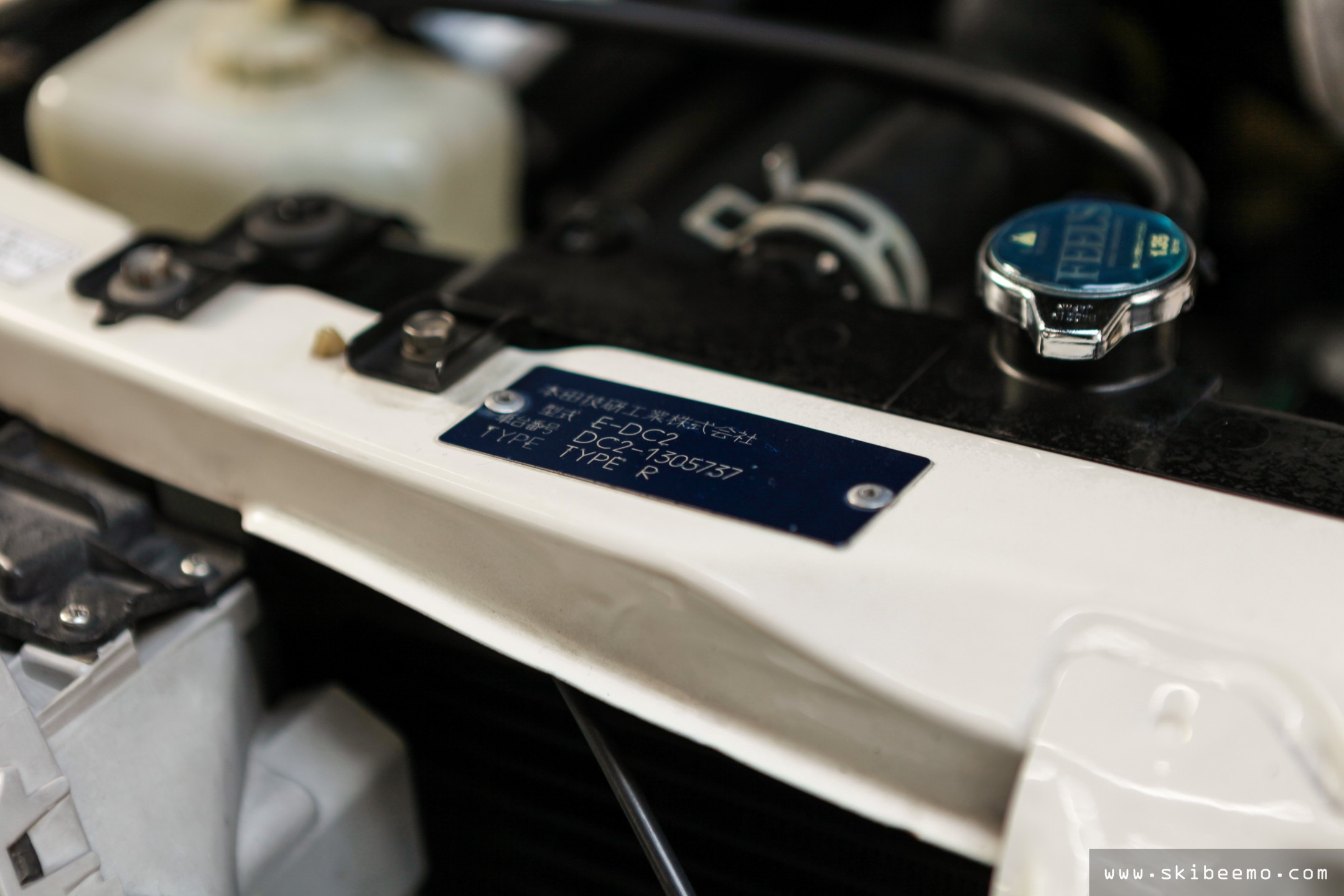
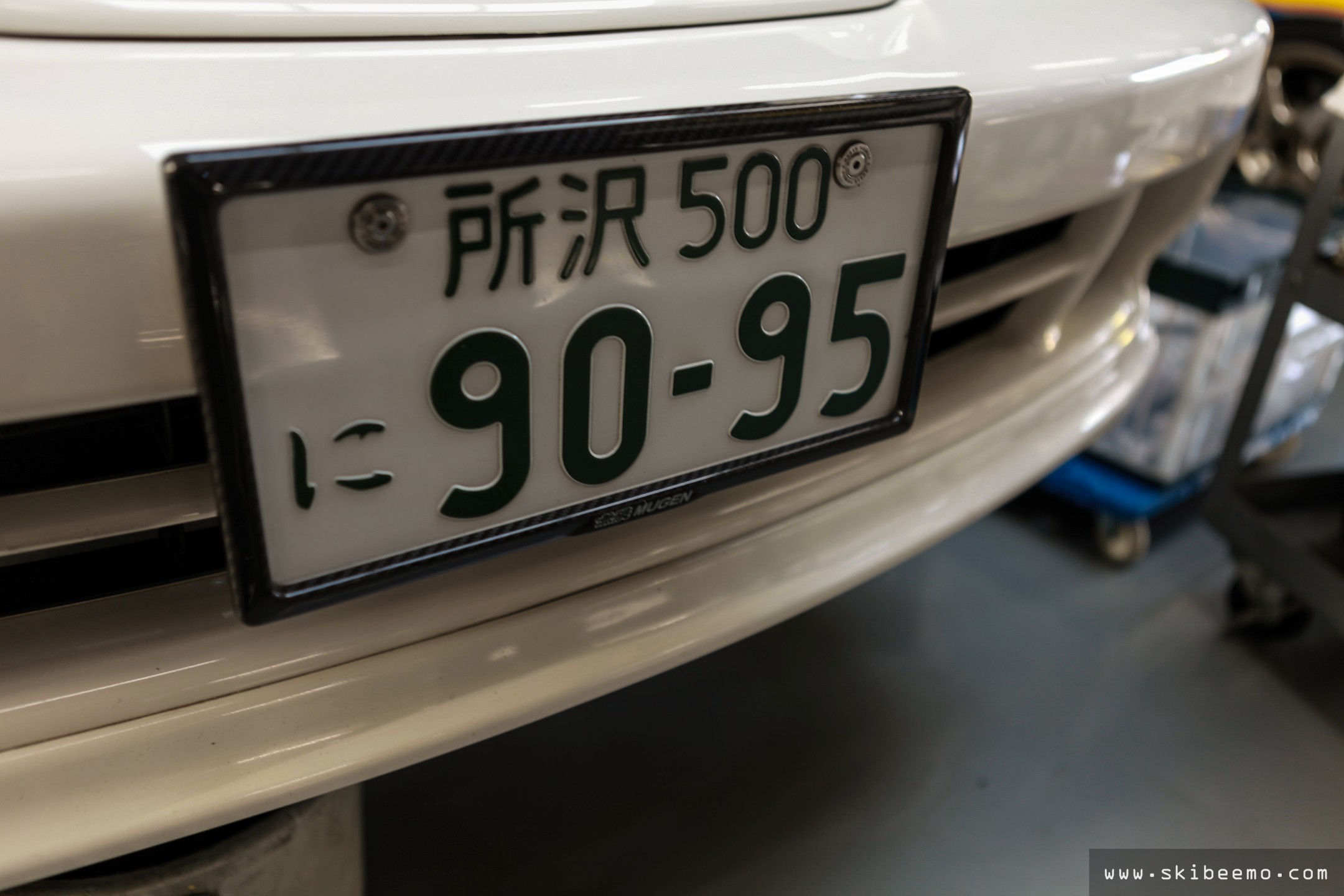
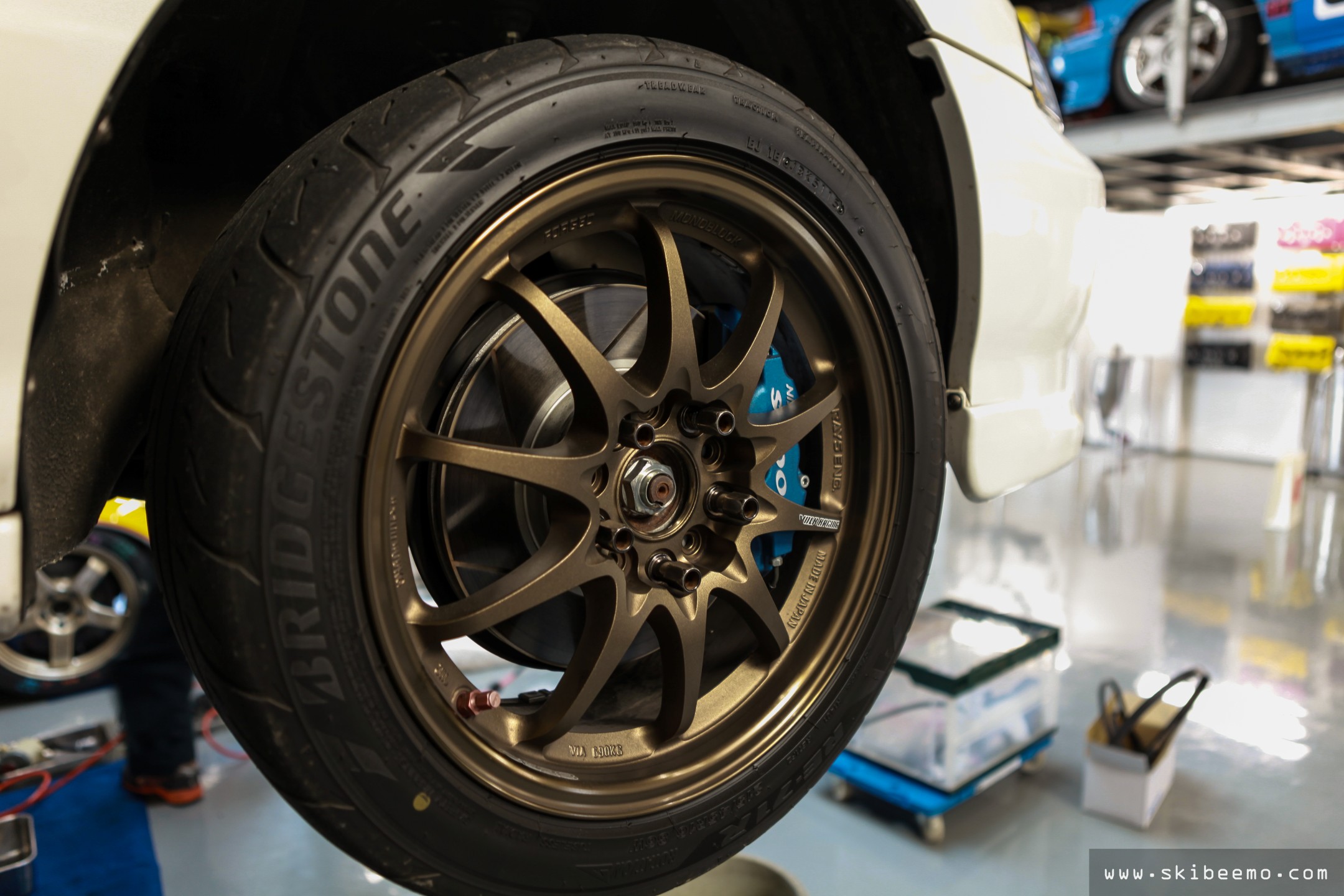
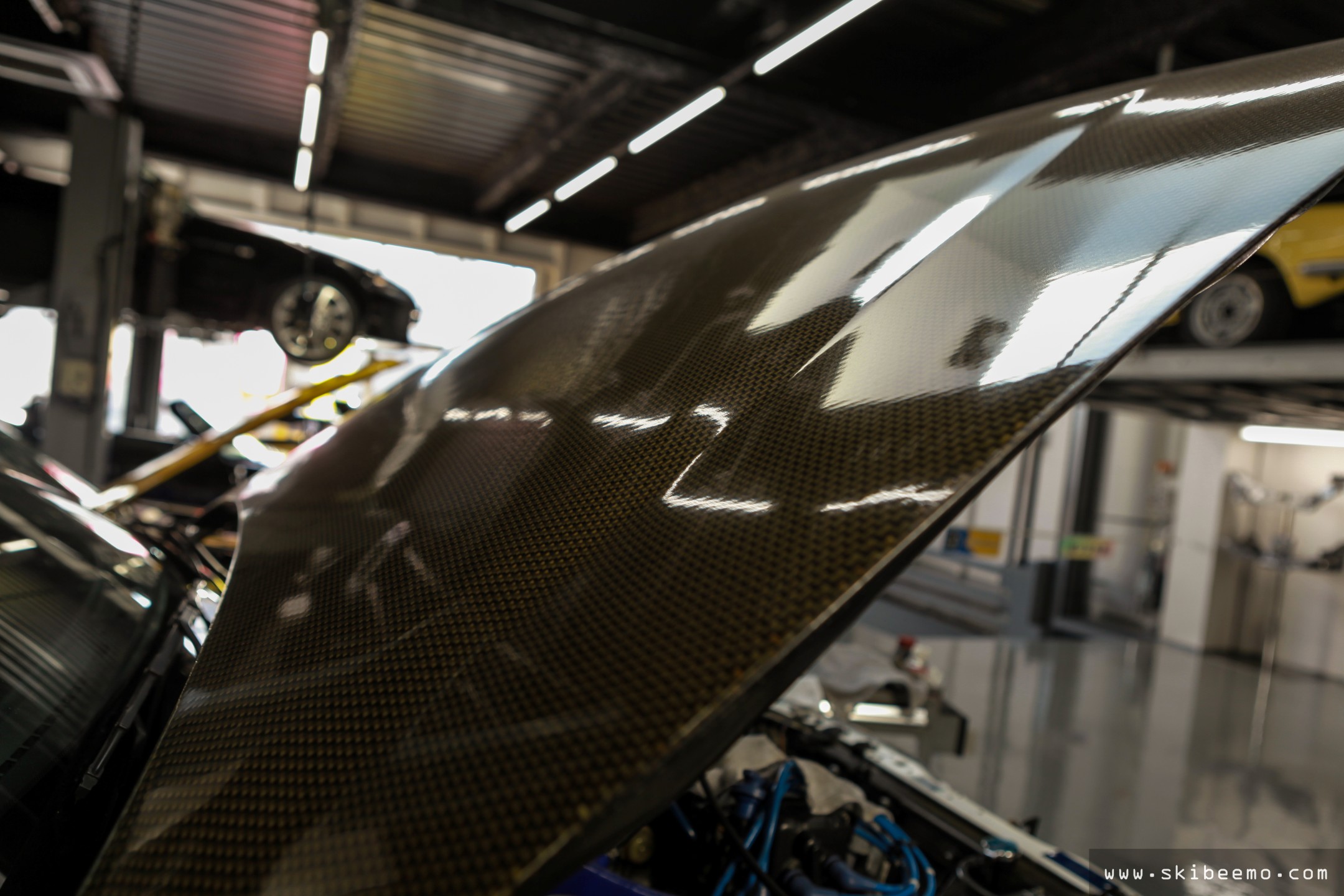
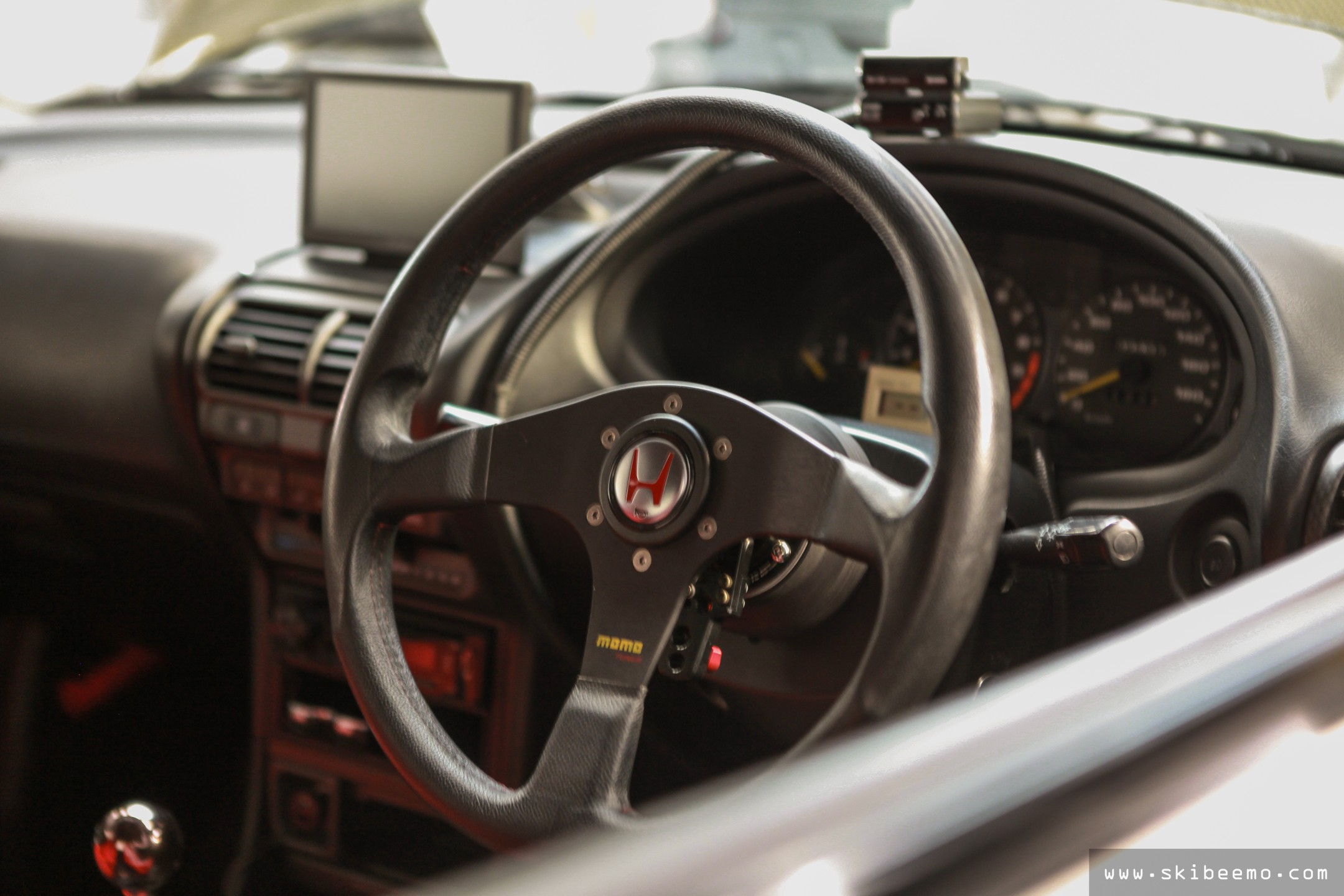

Cool memorabilia and decorations scattered around the place.
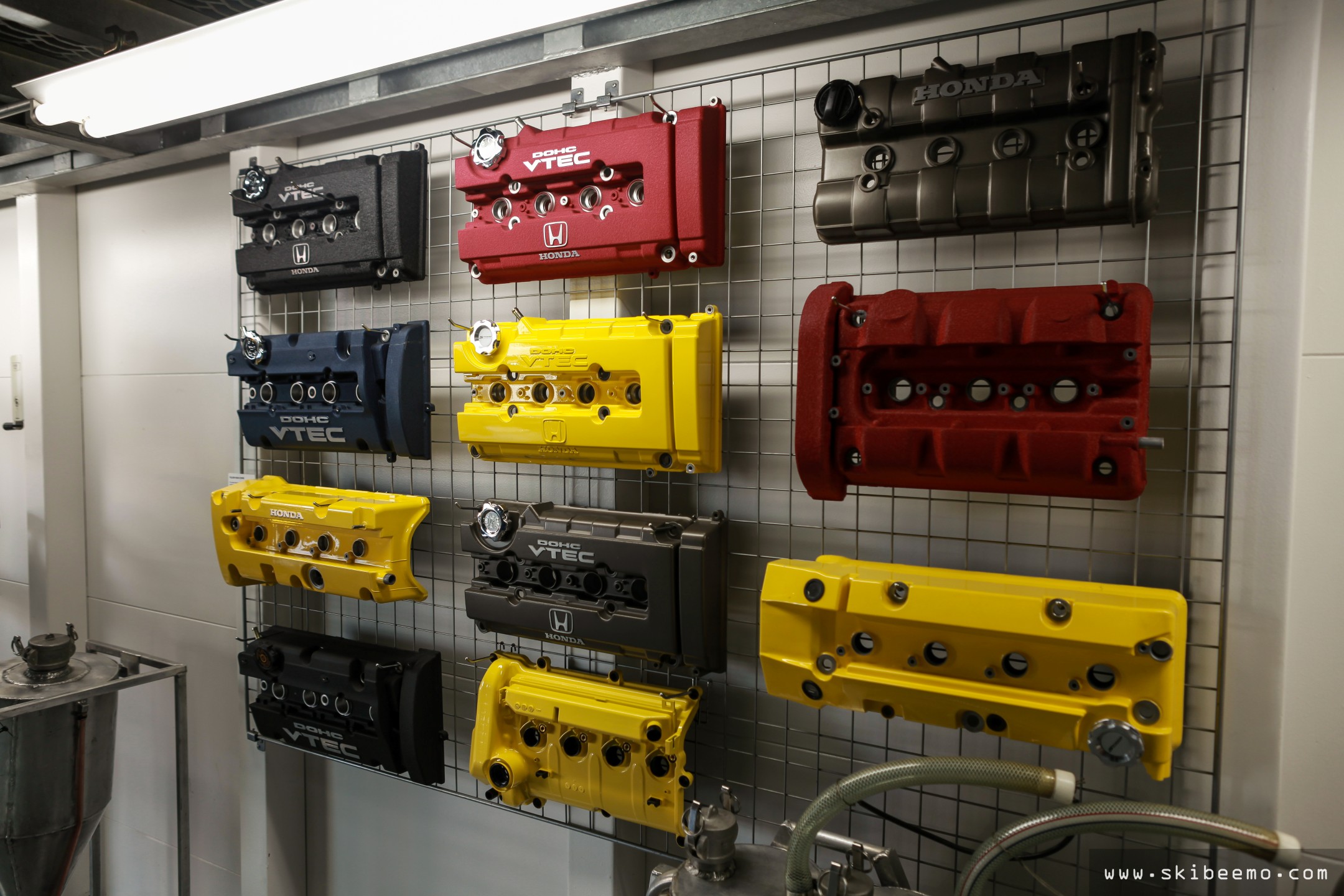
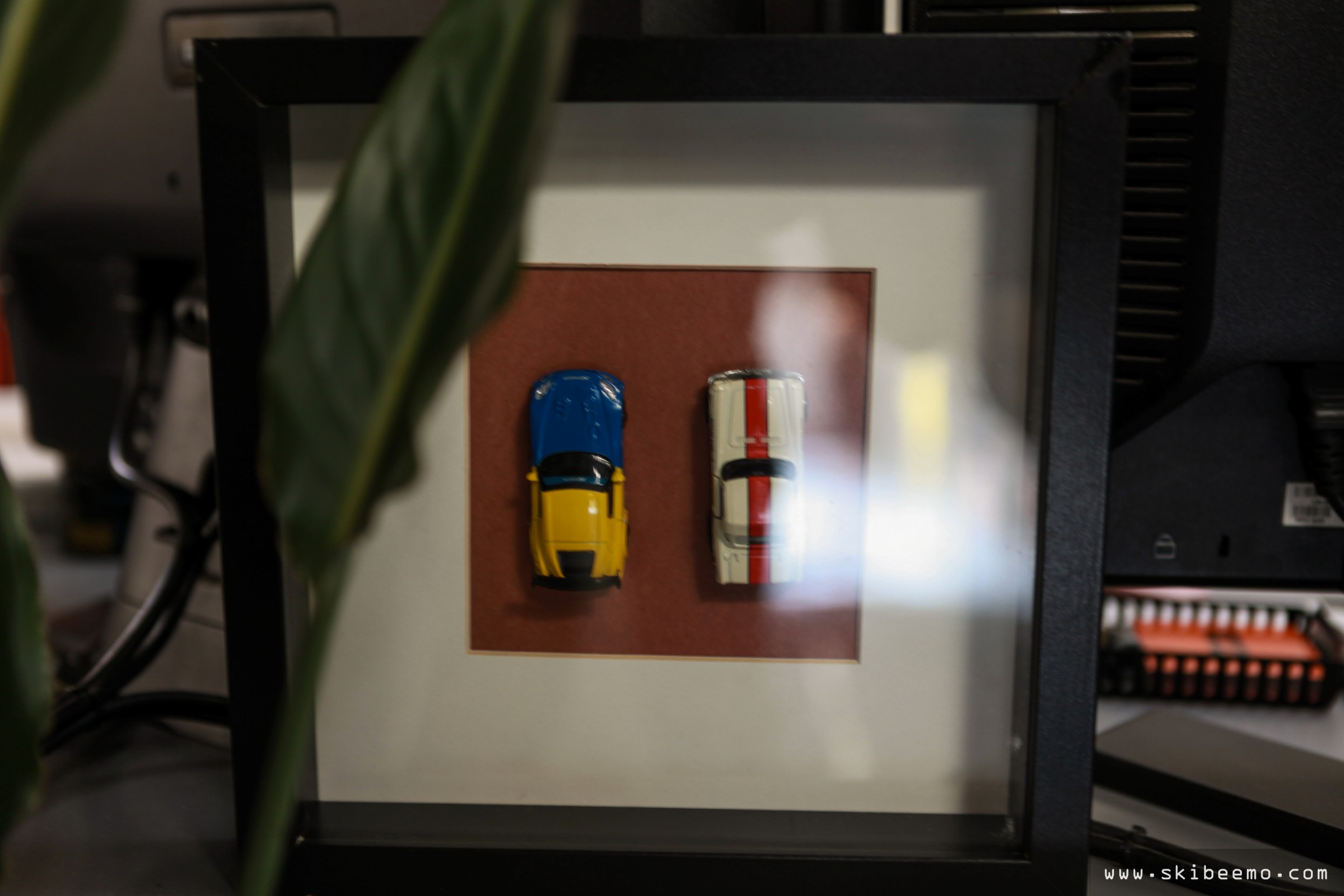
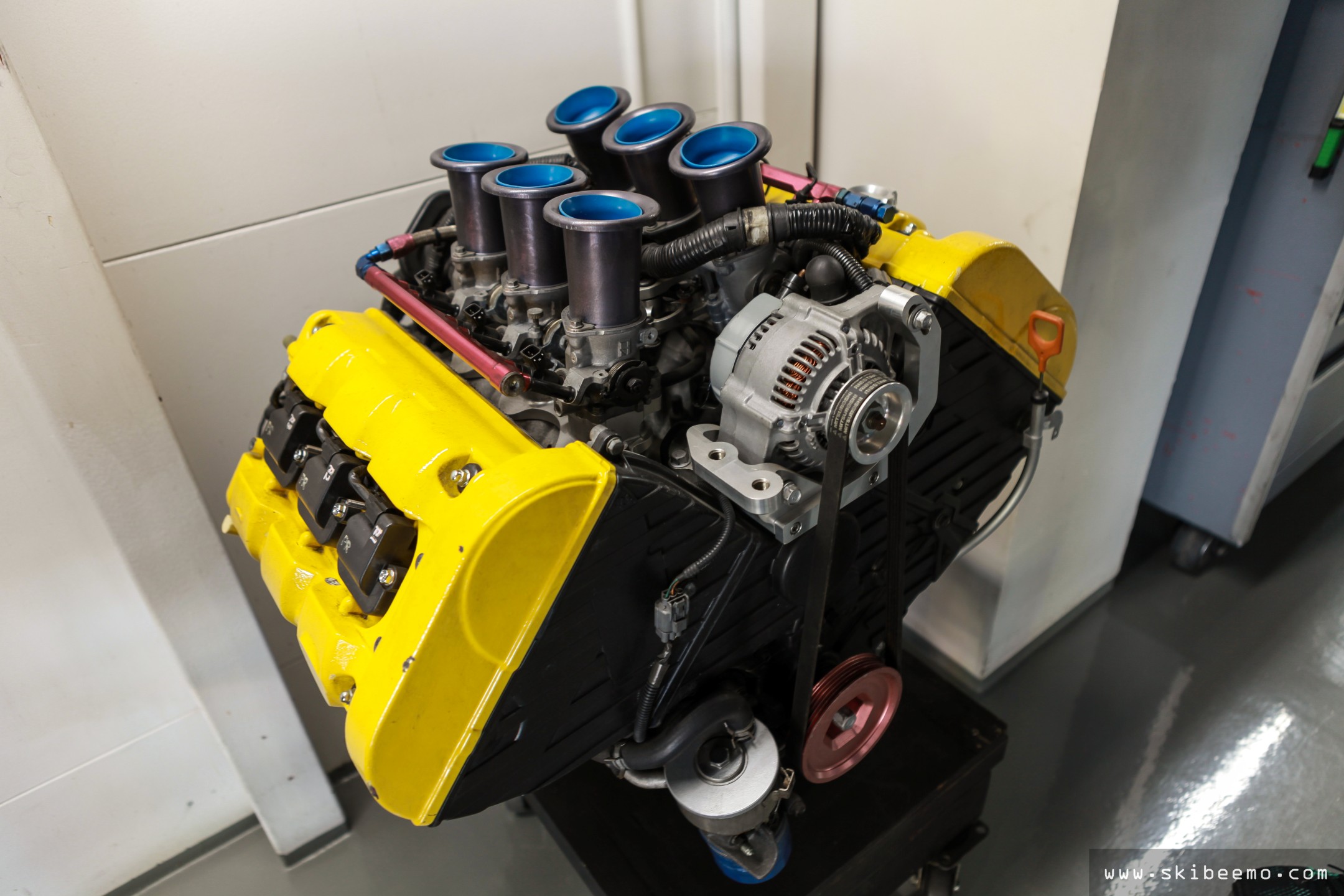
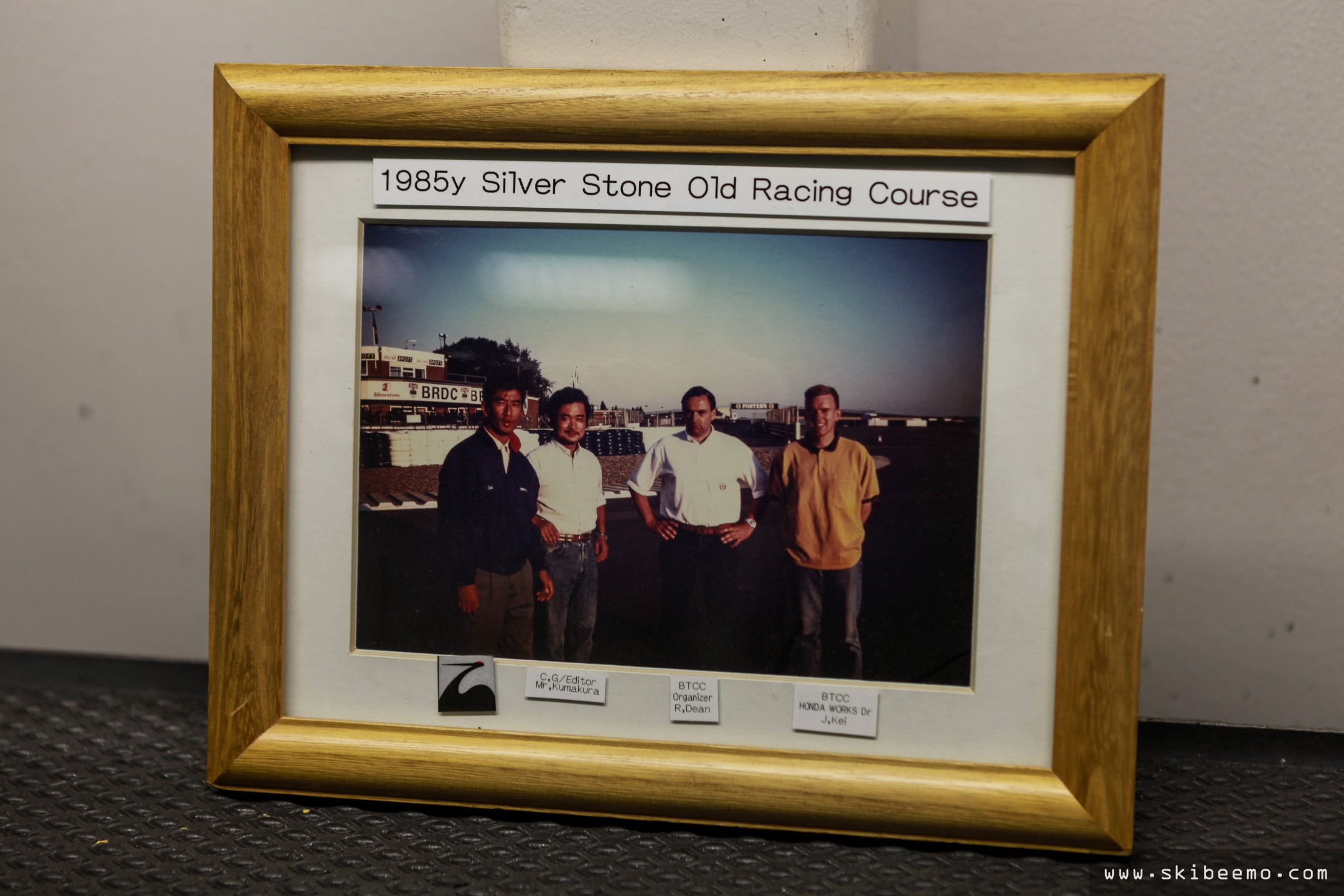
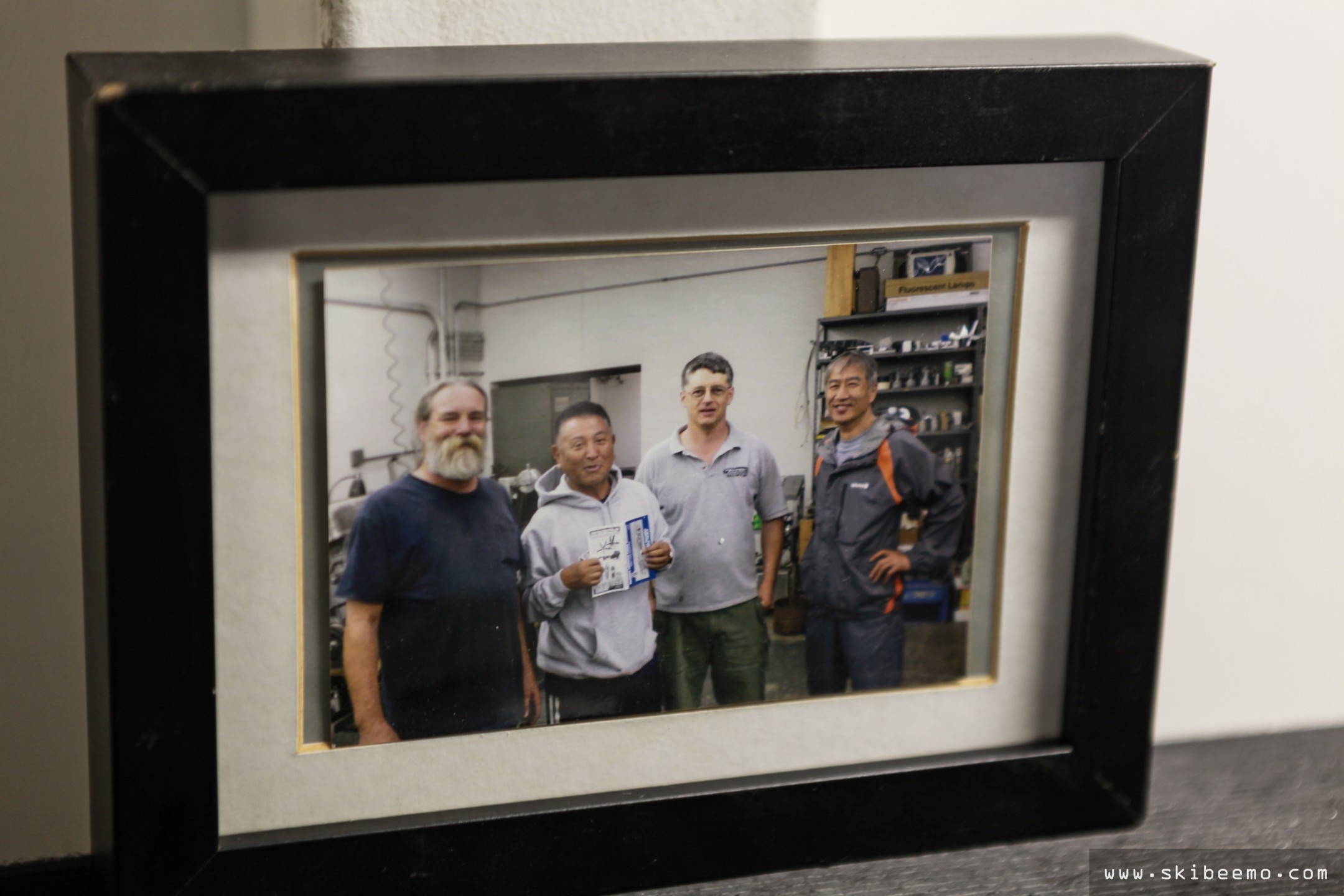
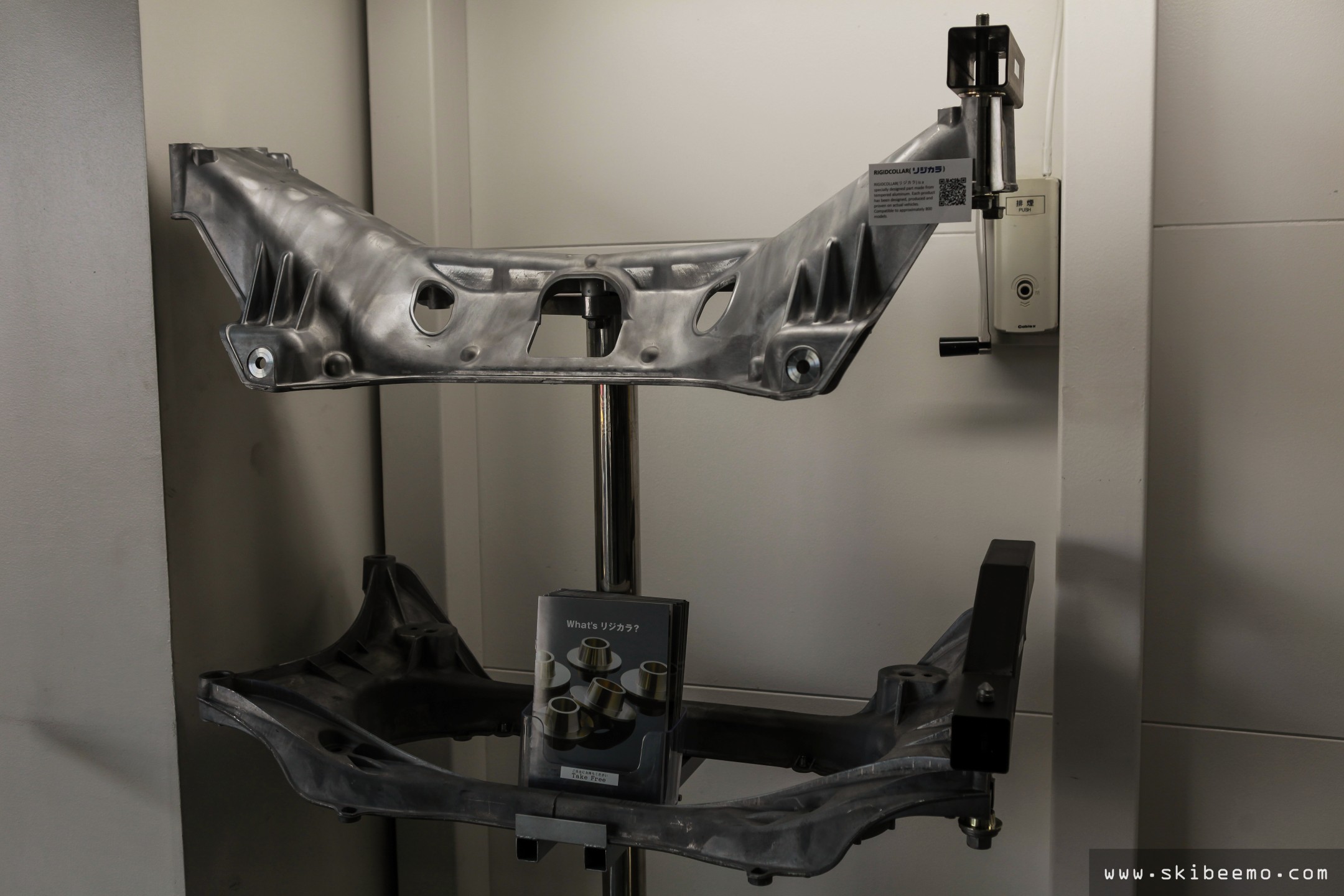
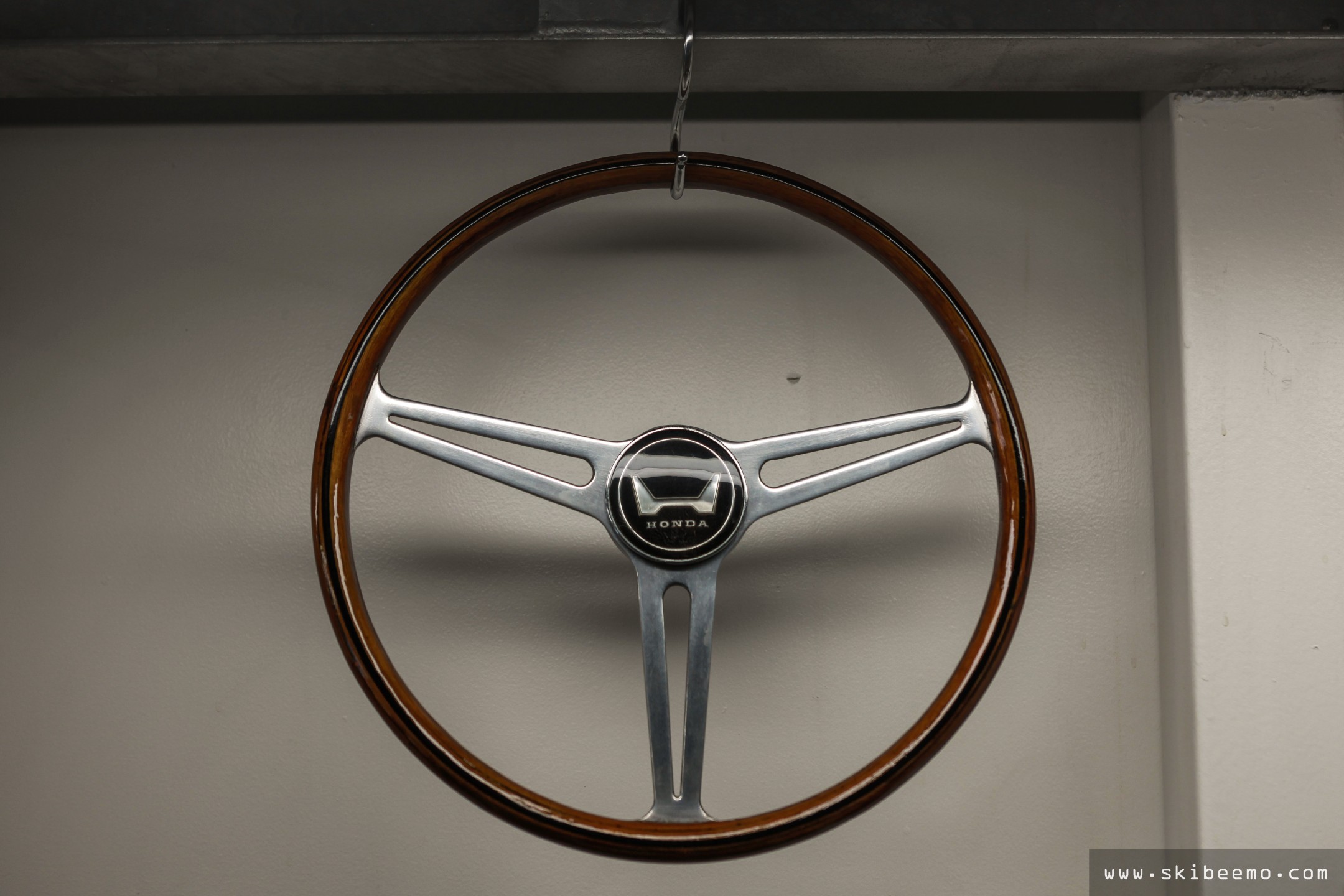
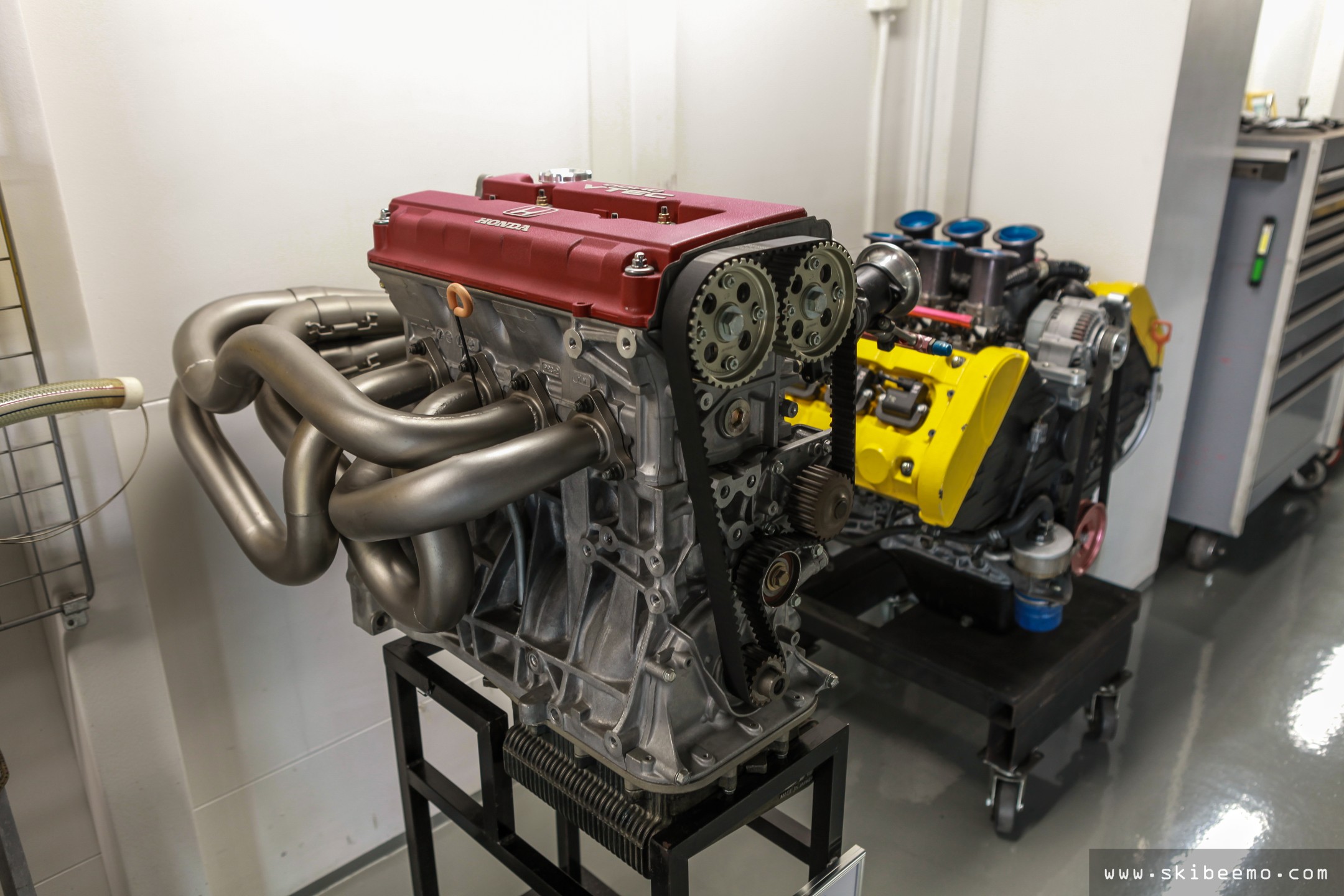
Spoon participates in various motorsport activities all around the world. They campaign a S2000 in the Japanese Super Taikyu series, take part in time attack racing in United States and have raced at various 25 Hours of Thunderhill endurance races, among many others events. Ichishima-san himself is not afraid to get behind the wheel and the NSX-R GT below was the car he famously sent into a wall at the Macau GP during qualifying in 2008. It was repaired overnight and Ichi-san went on to finish third in his class and sixth overall. Not bad of an effort for a guy his age. The Super-Taikyu S2000 race car is currently for sale, asking price approximately $80,000 USD.
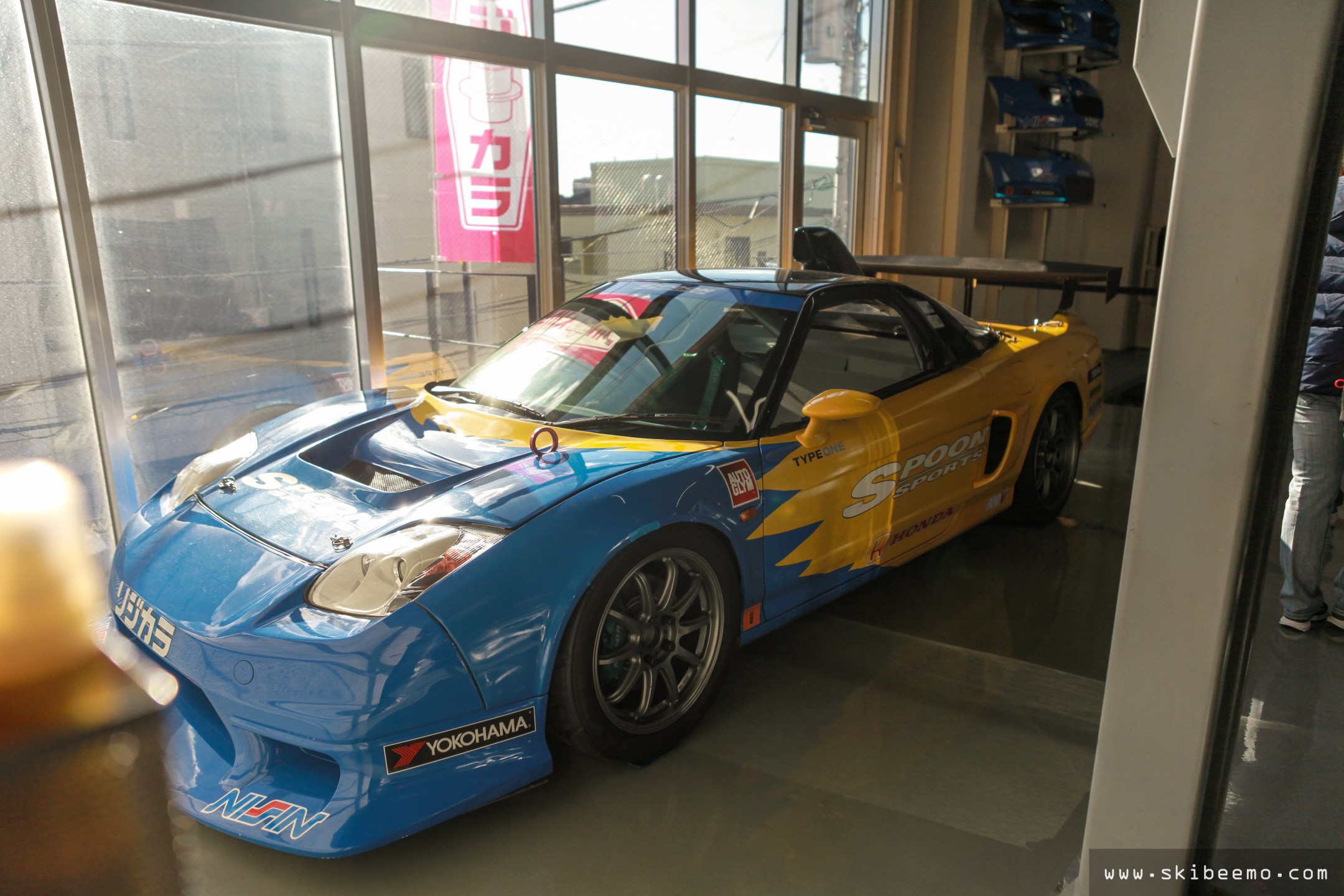
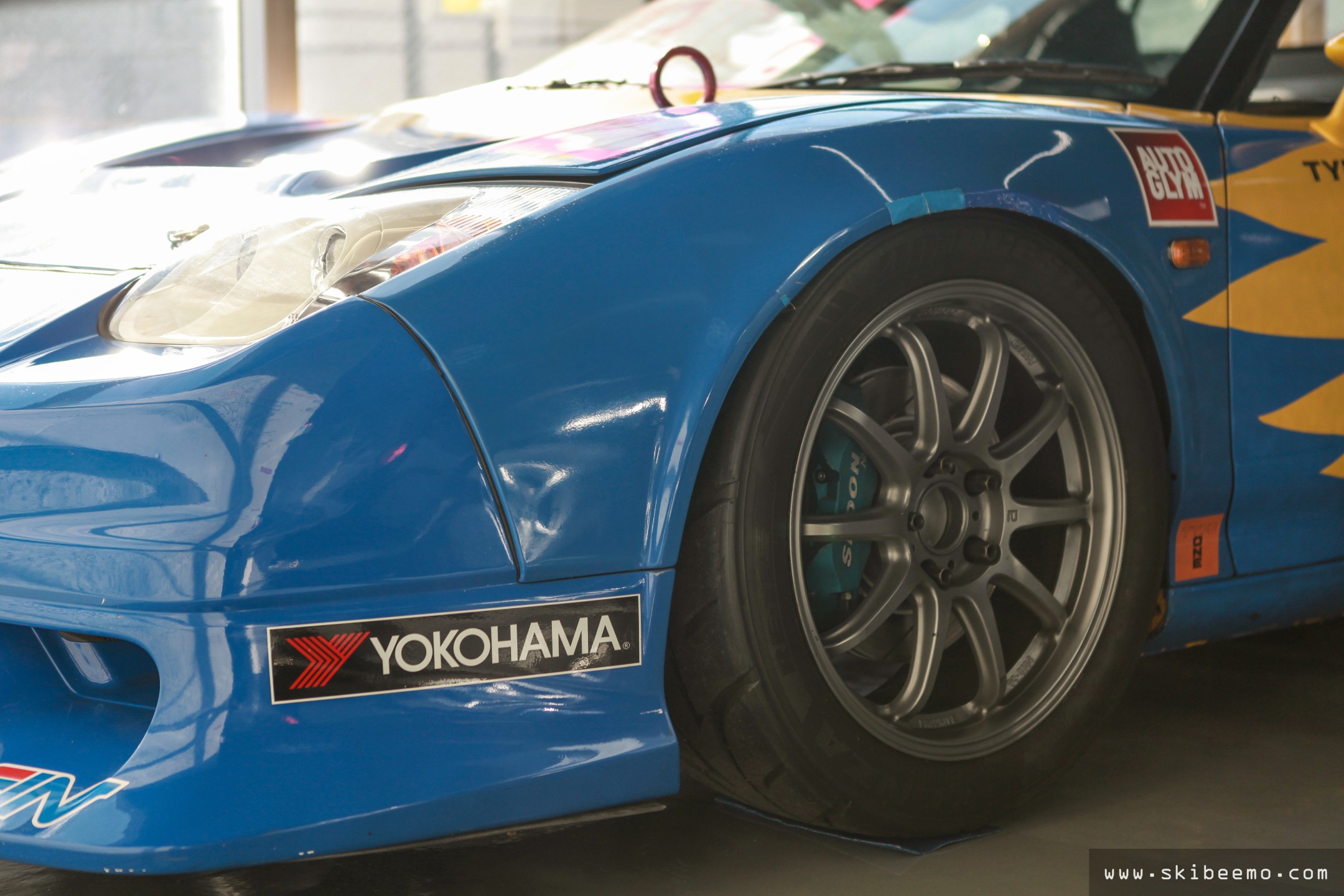
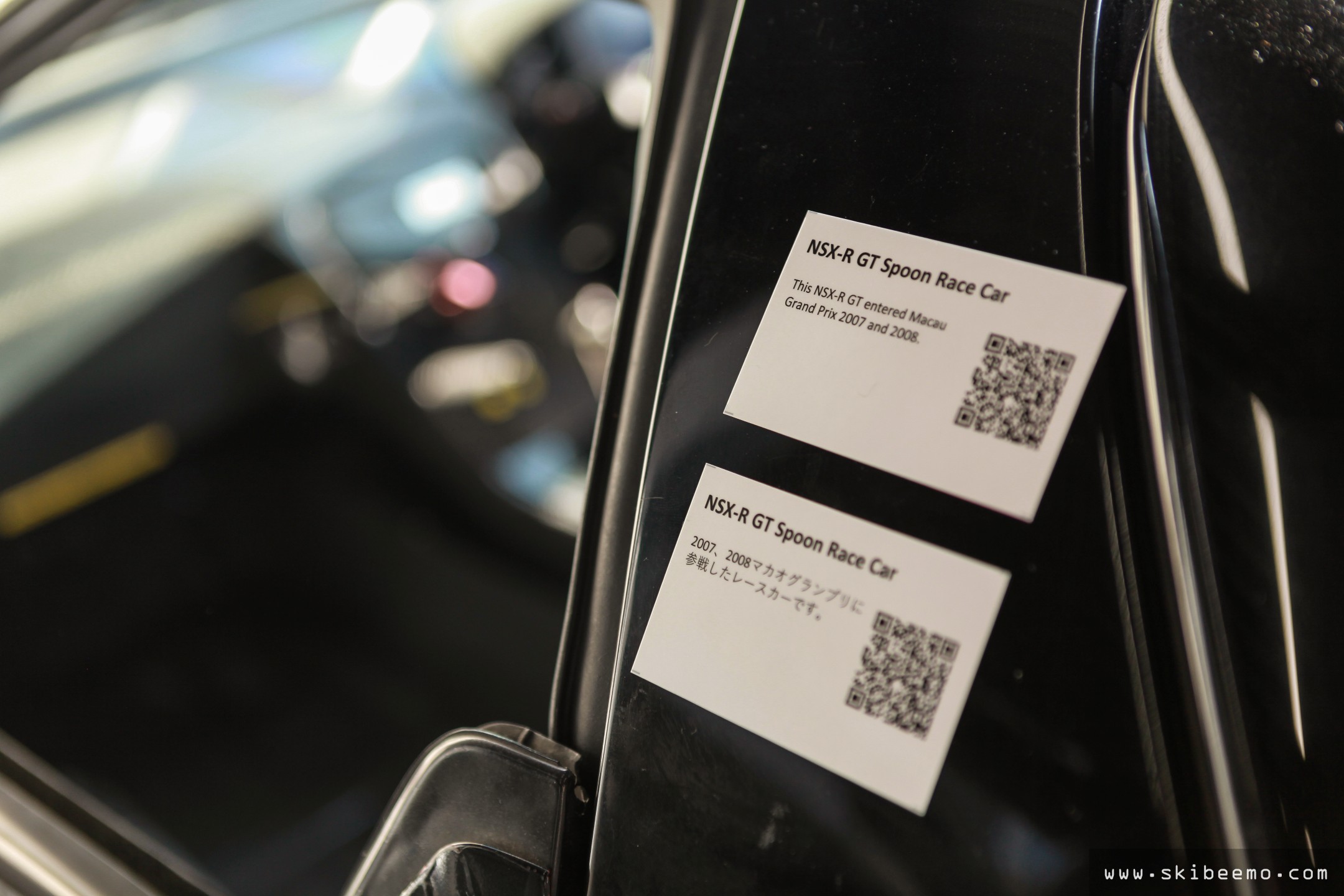
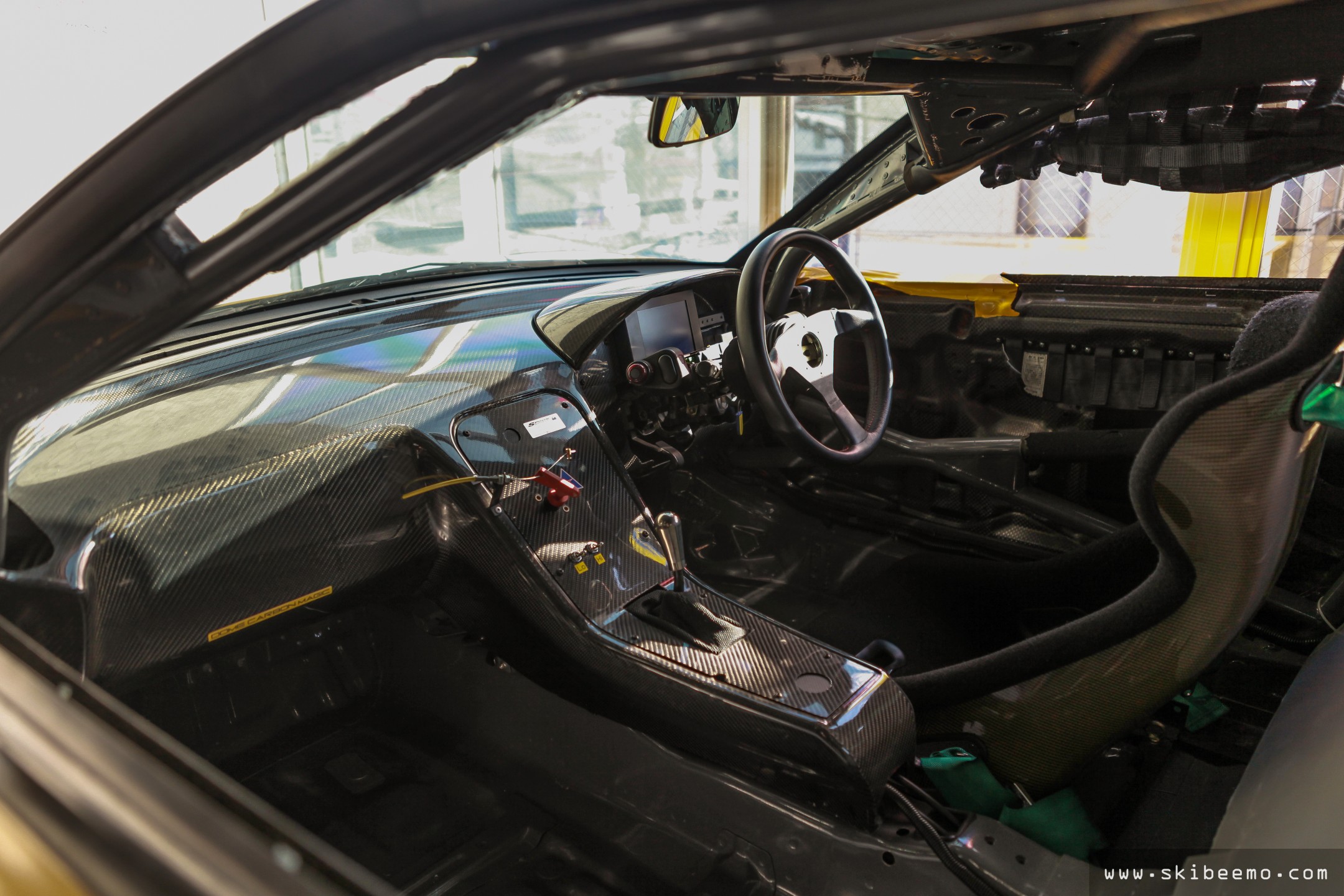
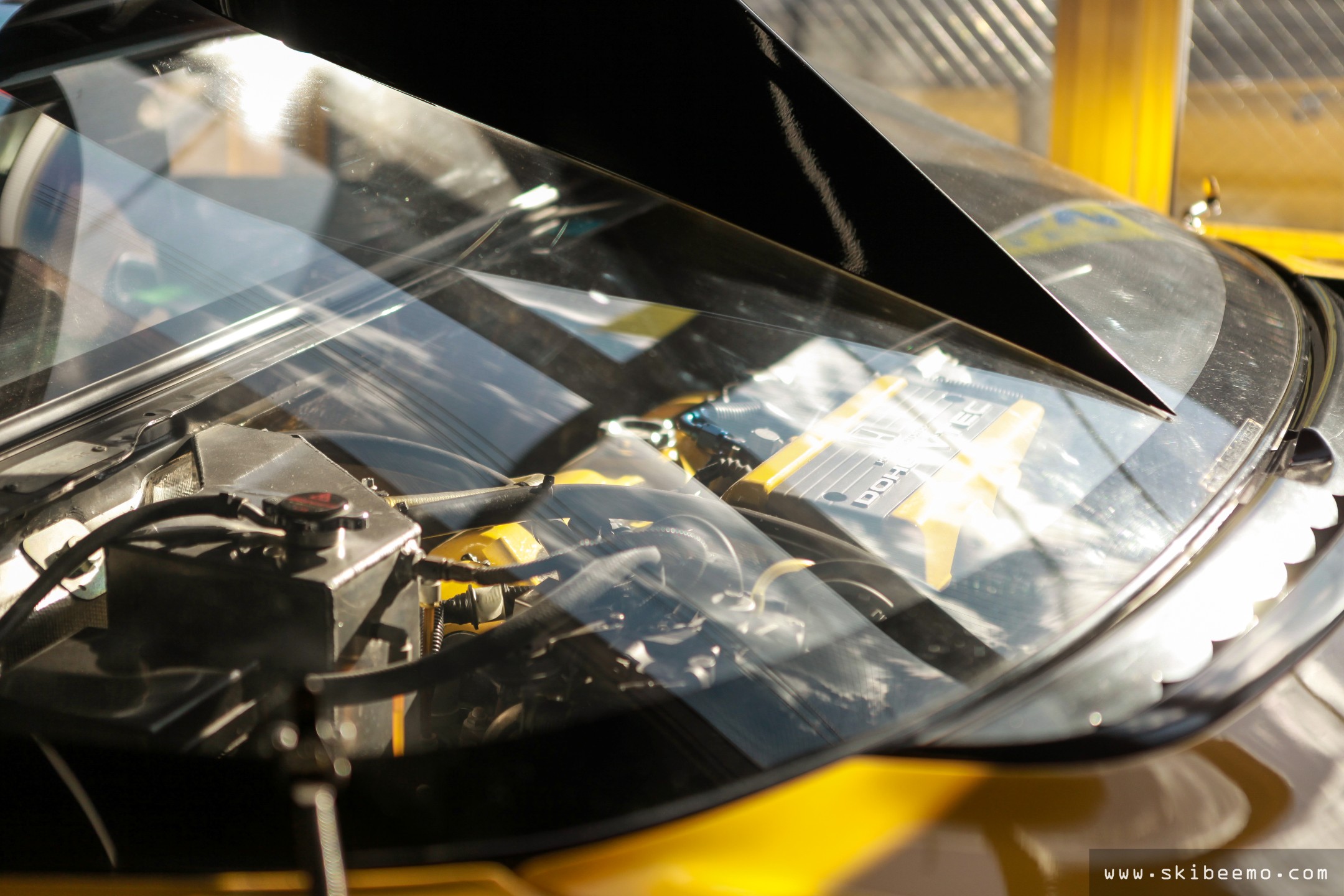
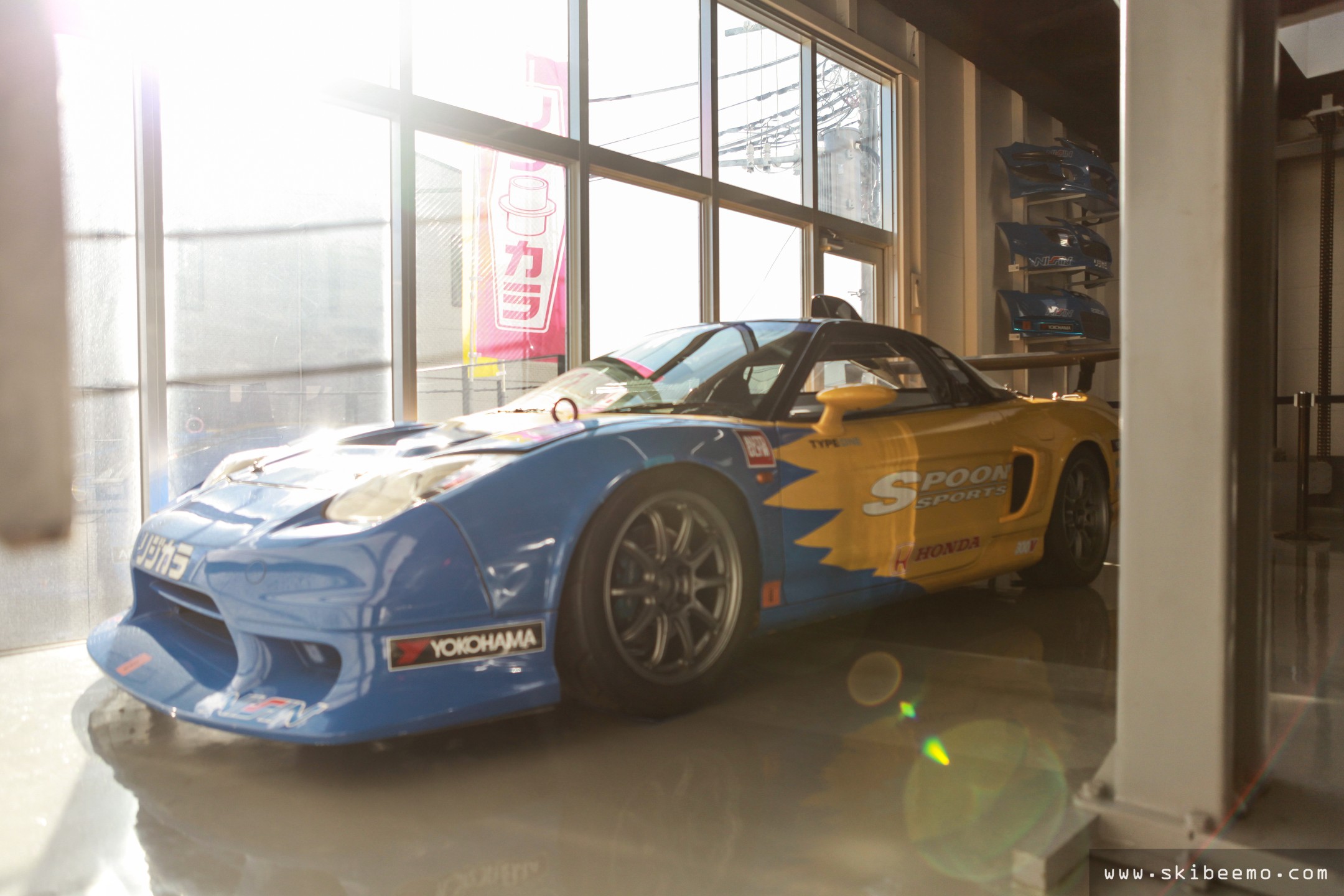
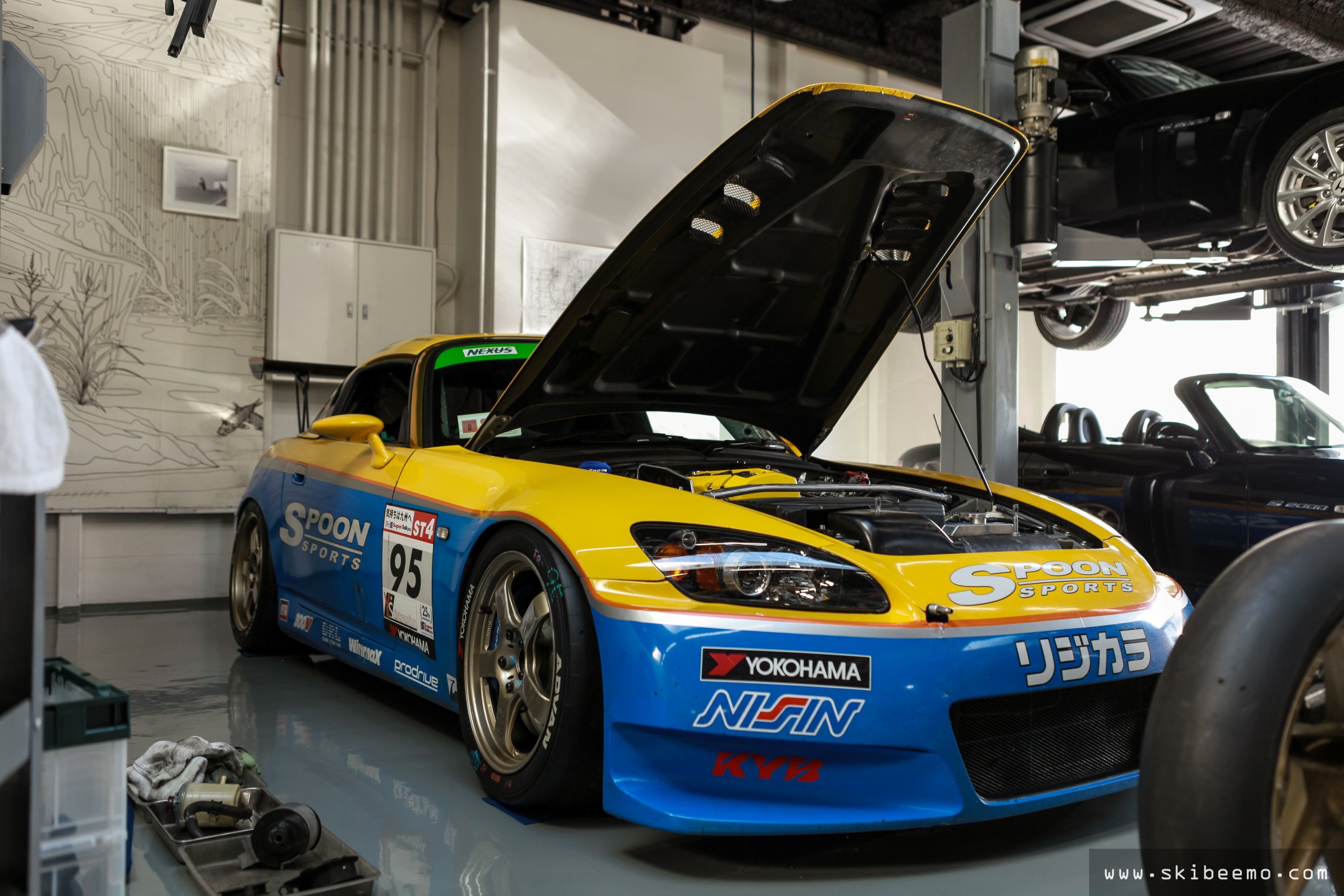
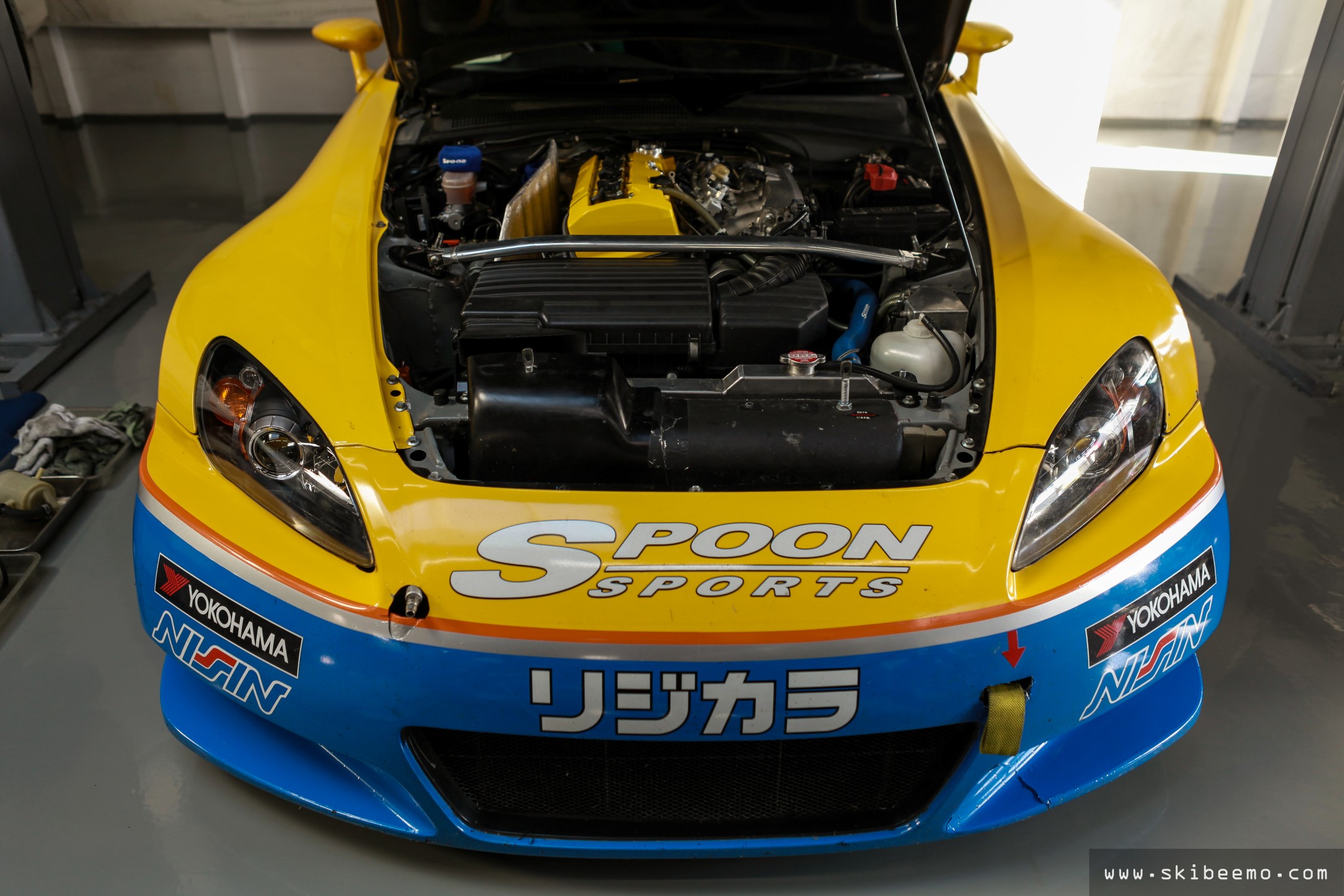
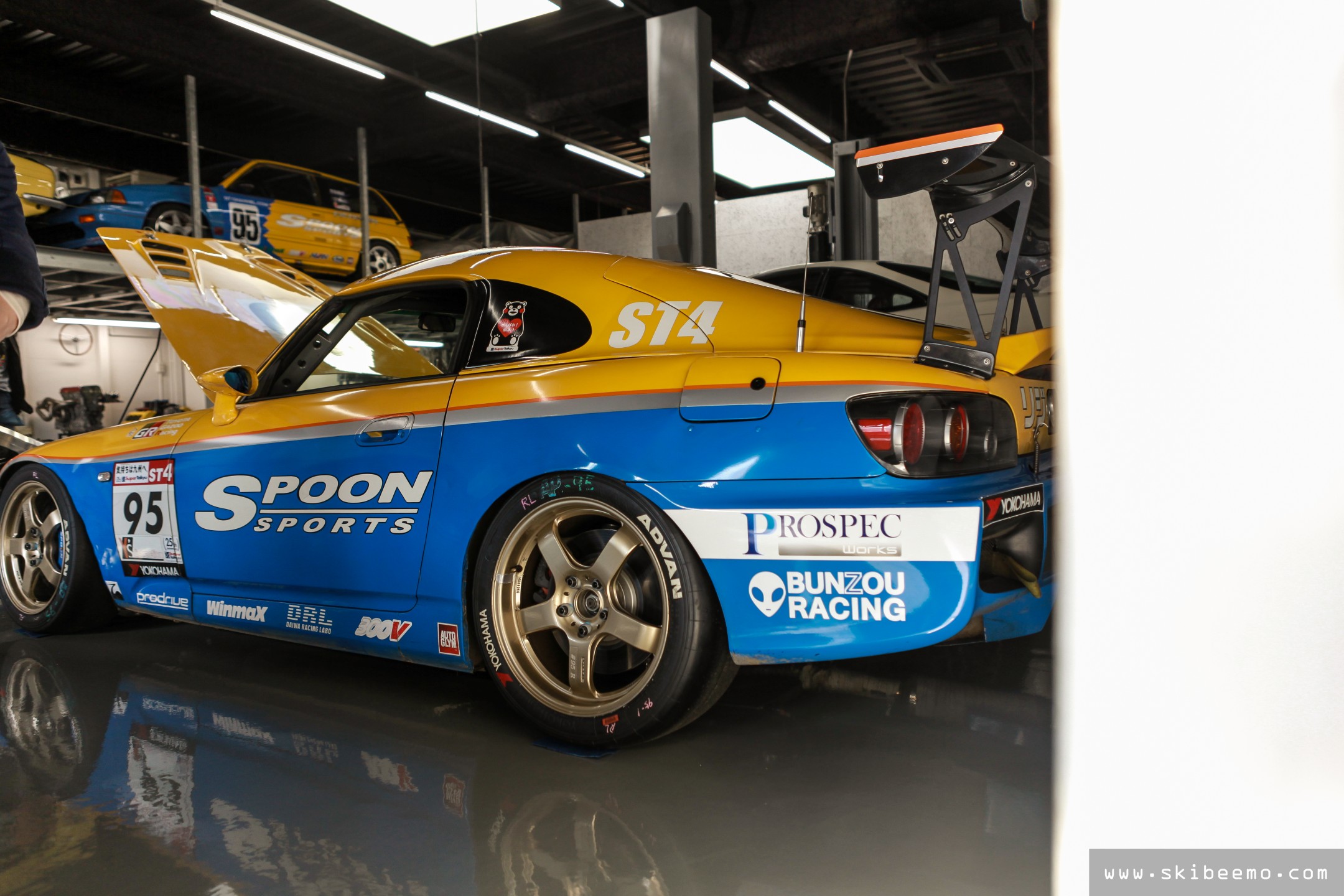
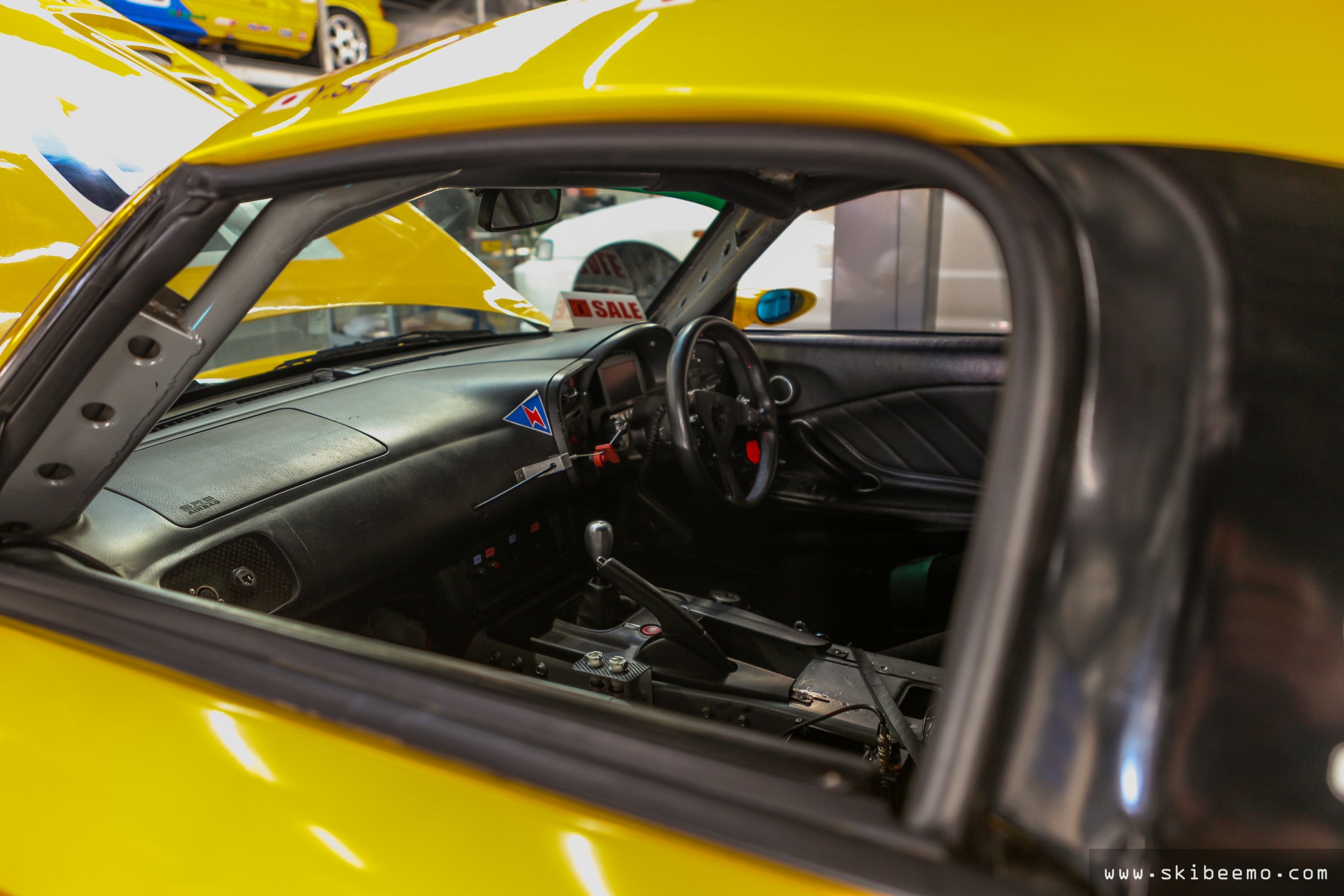
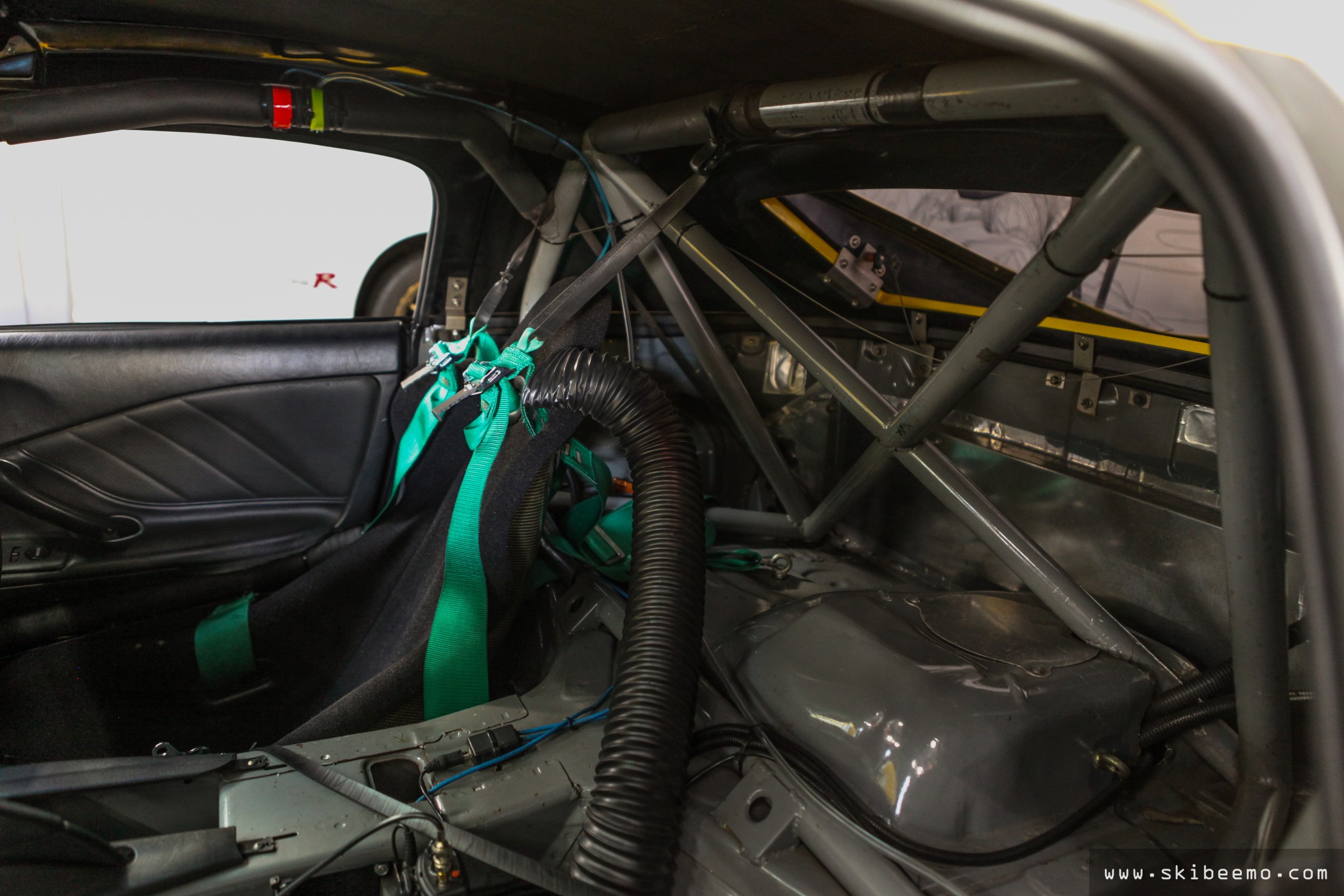
The famous lift jig, used to transport cars between the ground floor, upper floor and upper floor car storage area, was being given a new coat of grey paint on the day I was there.
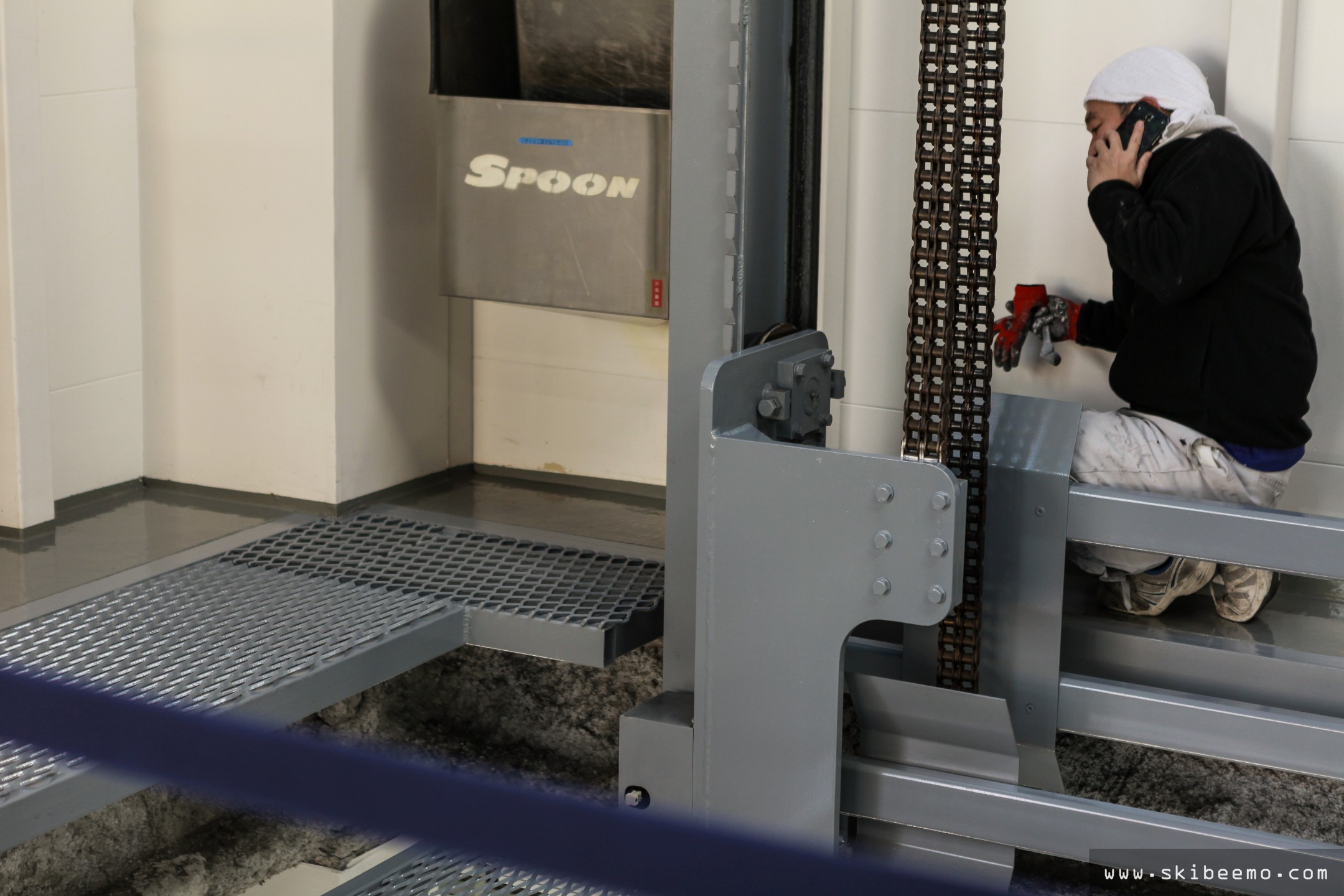
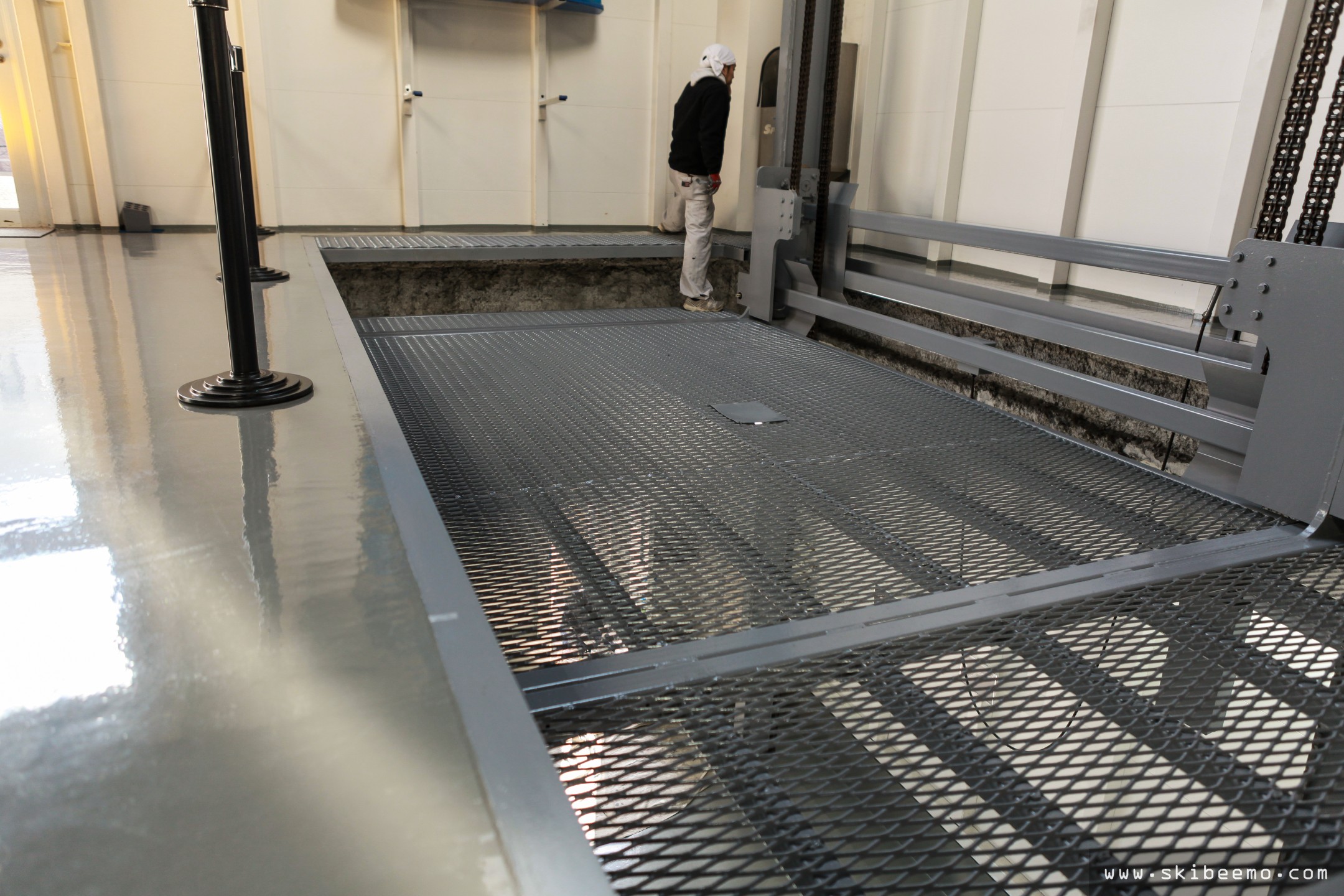
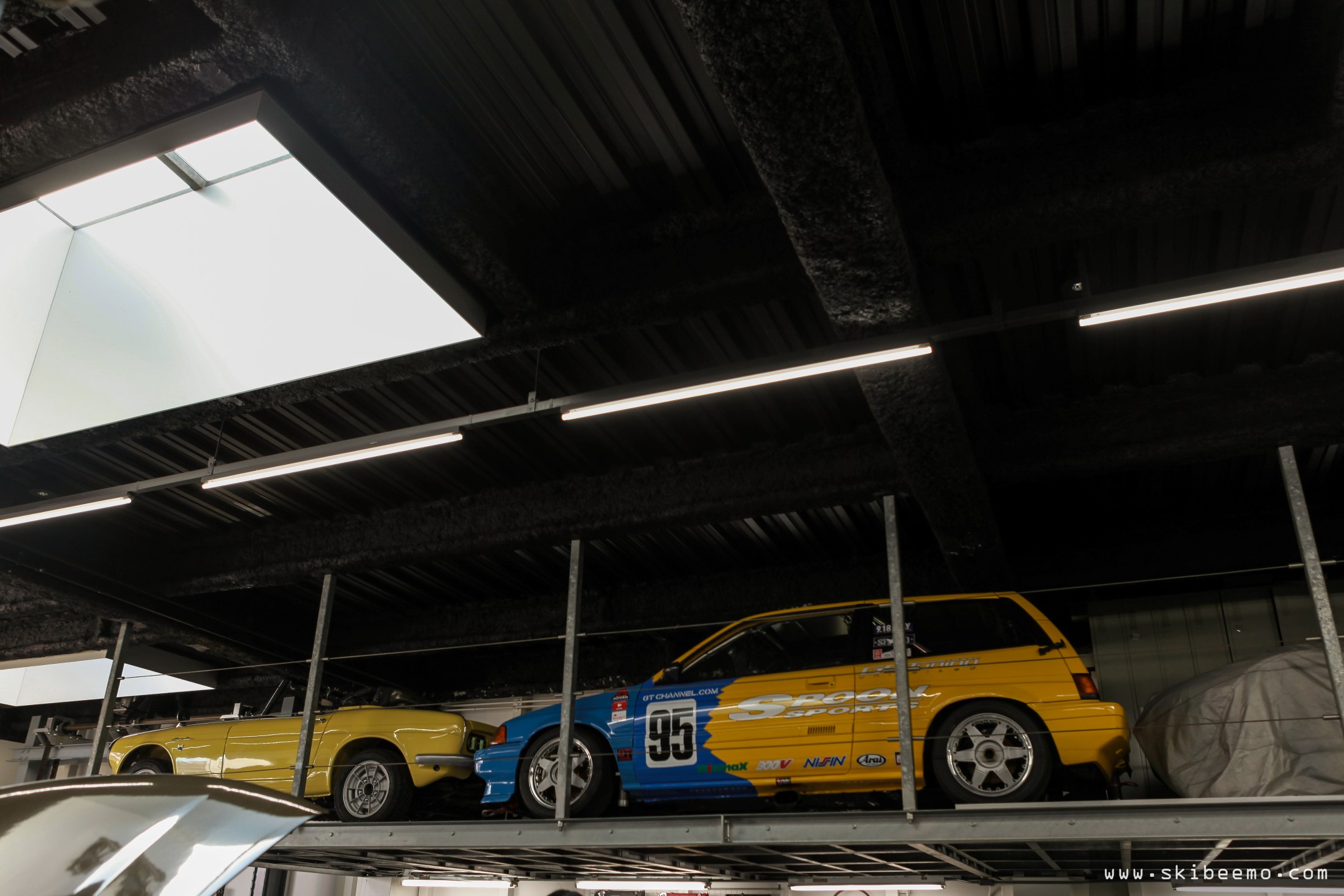
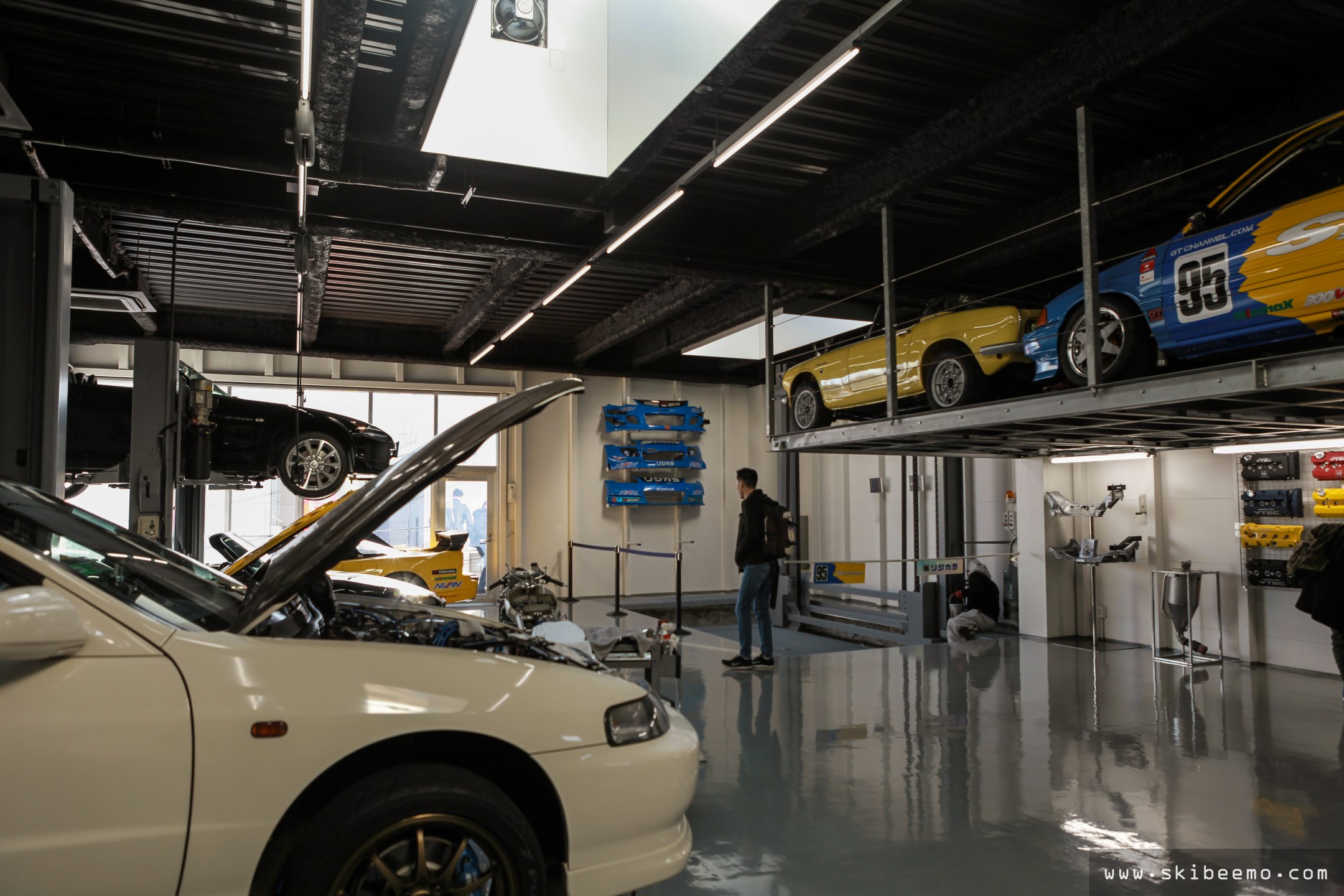
The "Renovation" program is a service that Spoon offer to their customers. Customer supplied cars are restored to showroom spec using brand new OEM Honda and Spoon parts. I believe the zenki and kouki black S2000s below were booked in for this treatment.
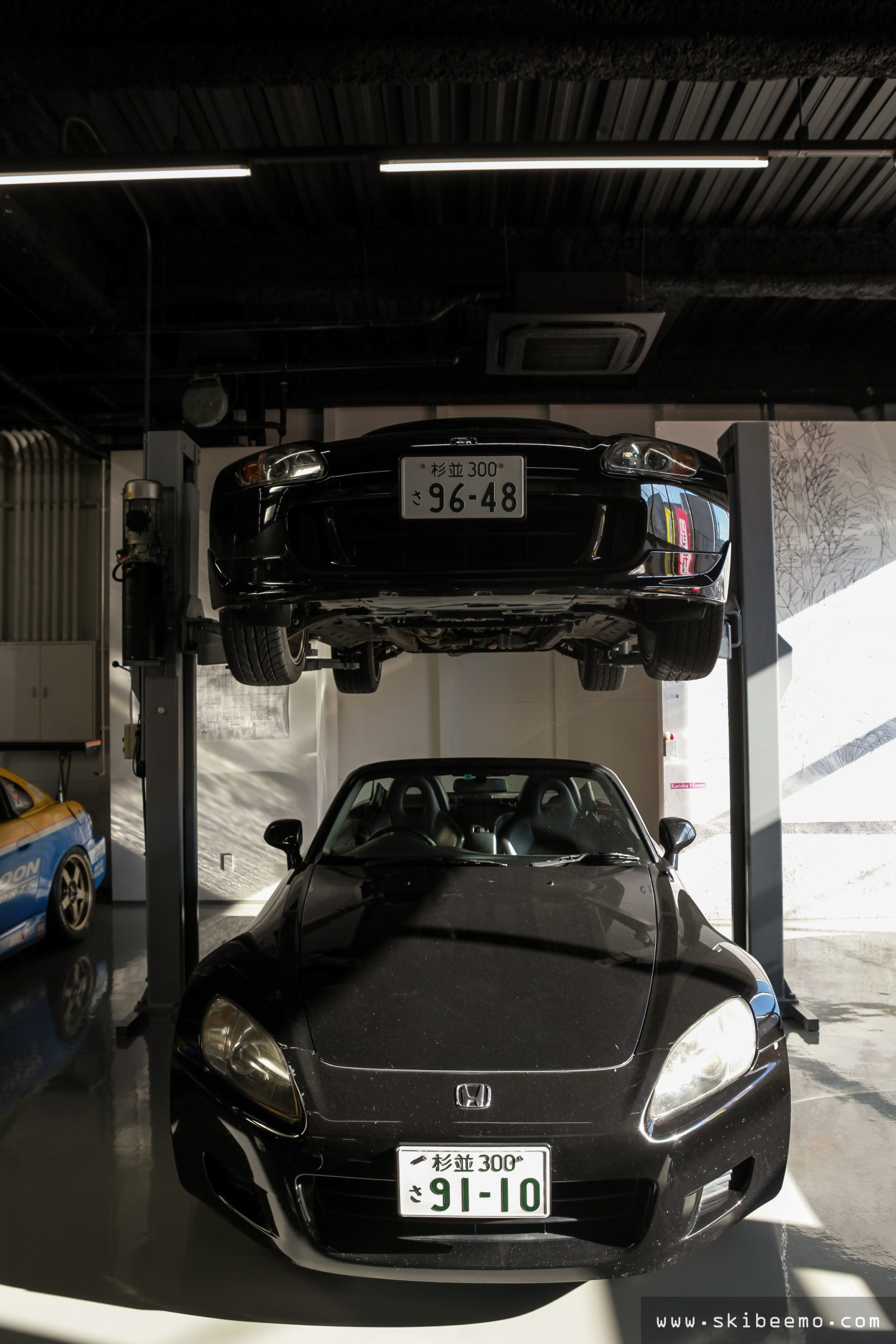
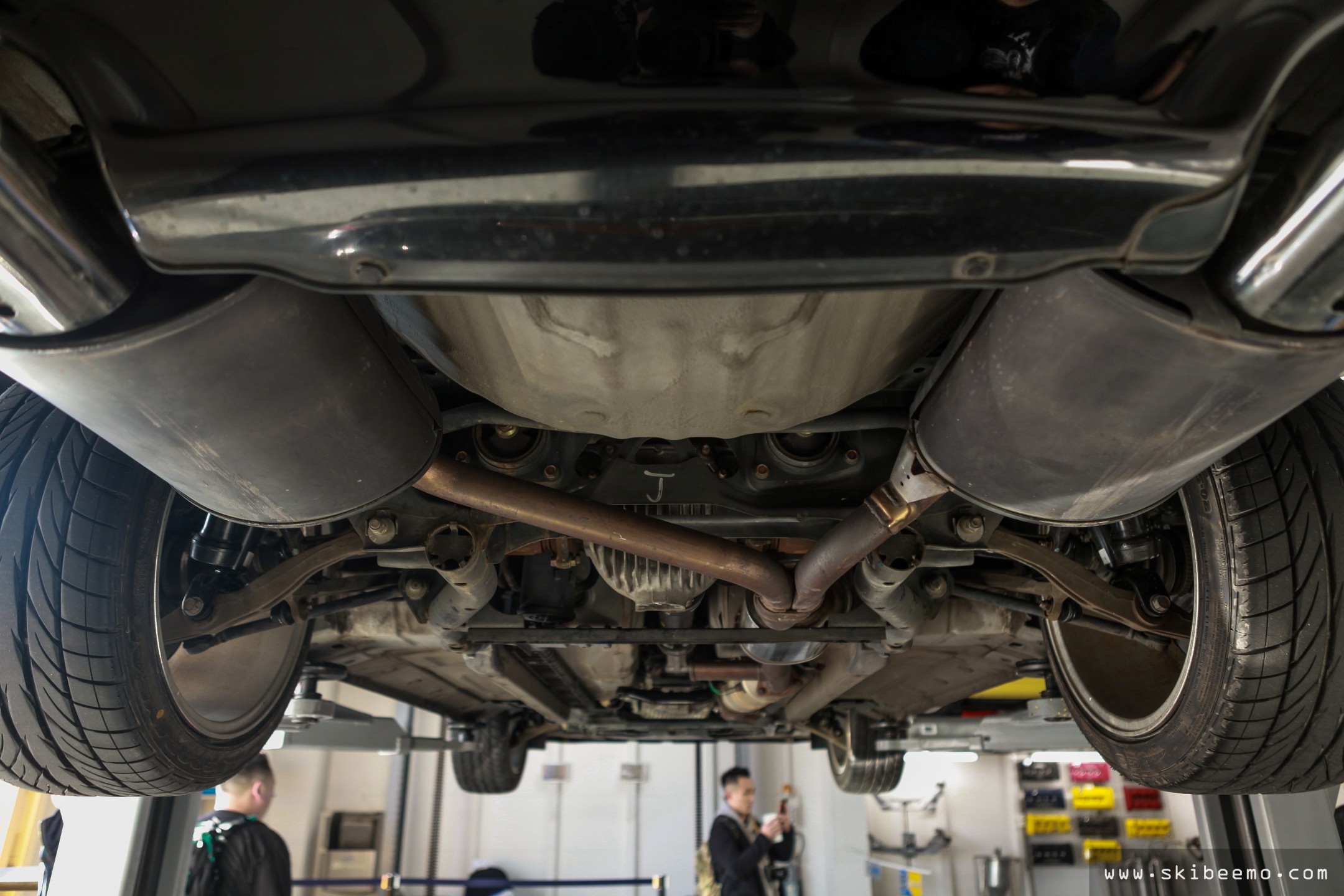
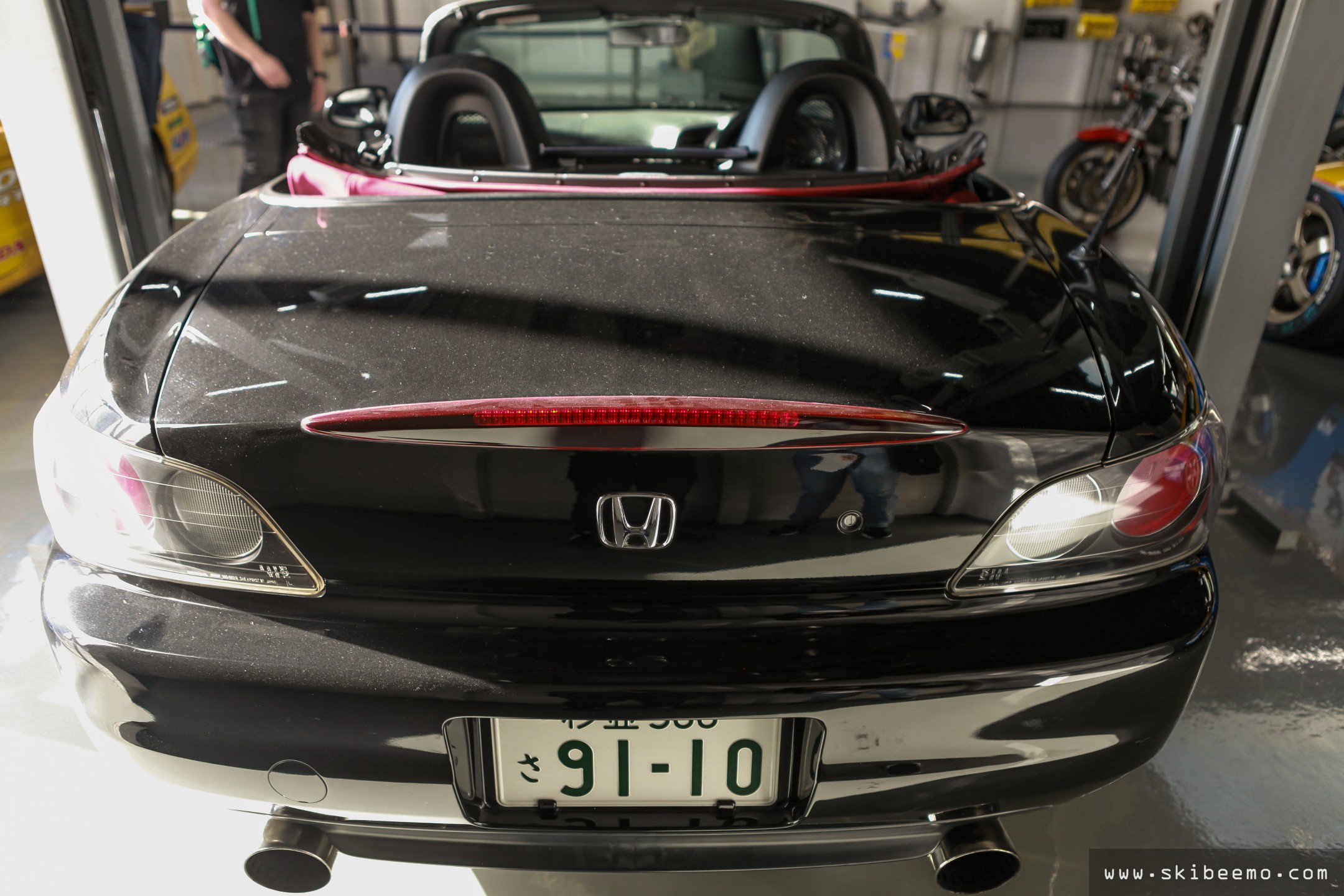
The Spoon Sport’s logo is a crane, which came about as a play on words. The Japanese word for crane is Tsuru and Ichishima-san’s first name is Tatsuru.
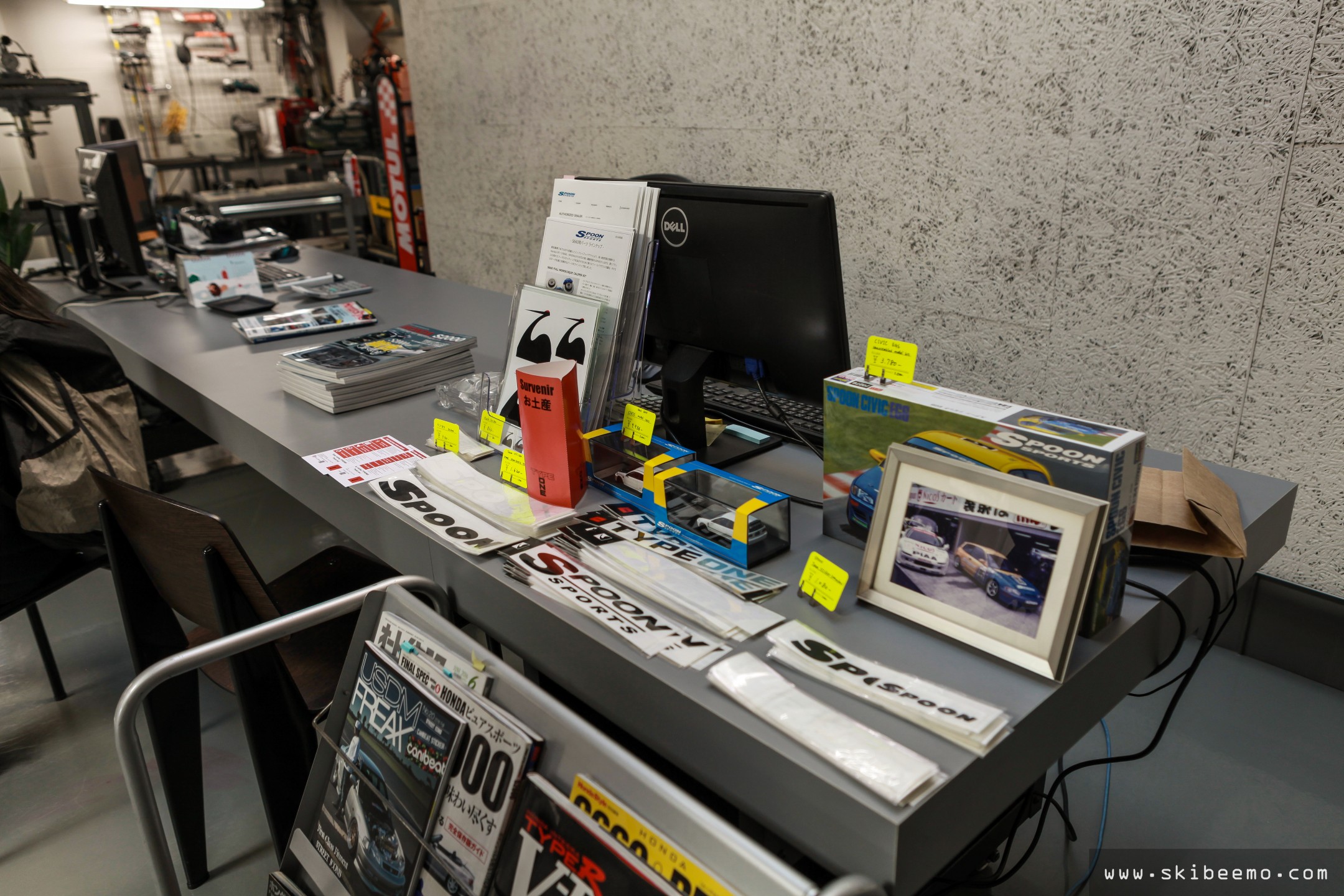
On the day of my visit, I wanted to purchase a Spoon B-series carbon-kevlar spark plug cover and get Ichishima-san to sign it. I was out of luck on both accounts as the next batch of plug covers are still currently in production (there was not a single piece left at Spoon’s warehouse for sale) and Ichishima-san was not around, which I have heard is common. Not a problem, as this gives me an excuse to visit Spoon and Type One again the next time I’m in Japan.
![]()
